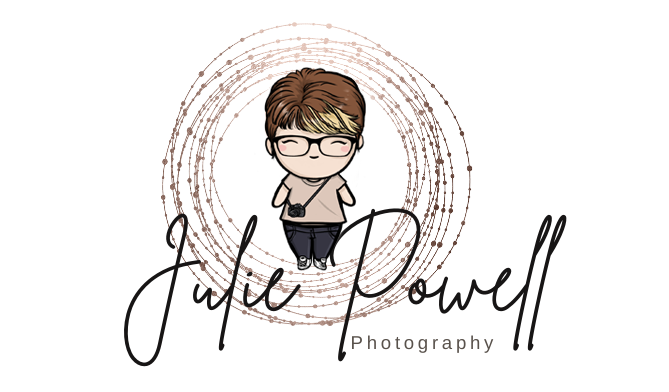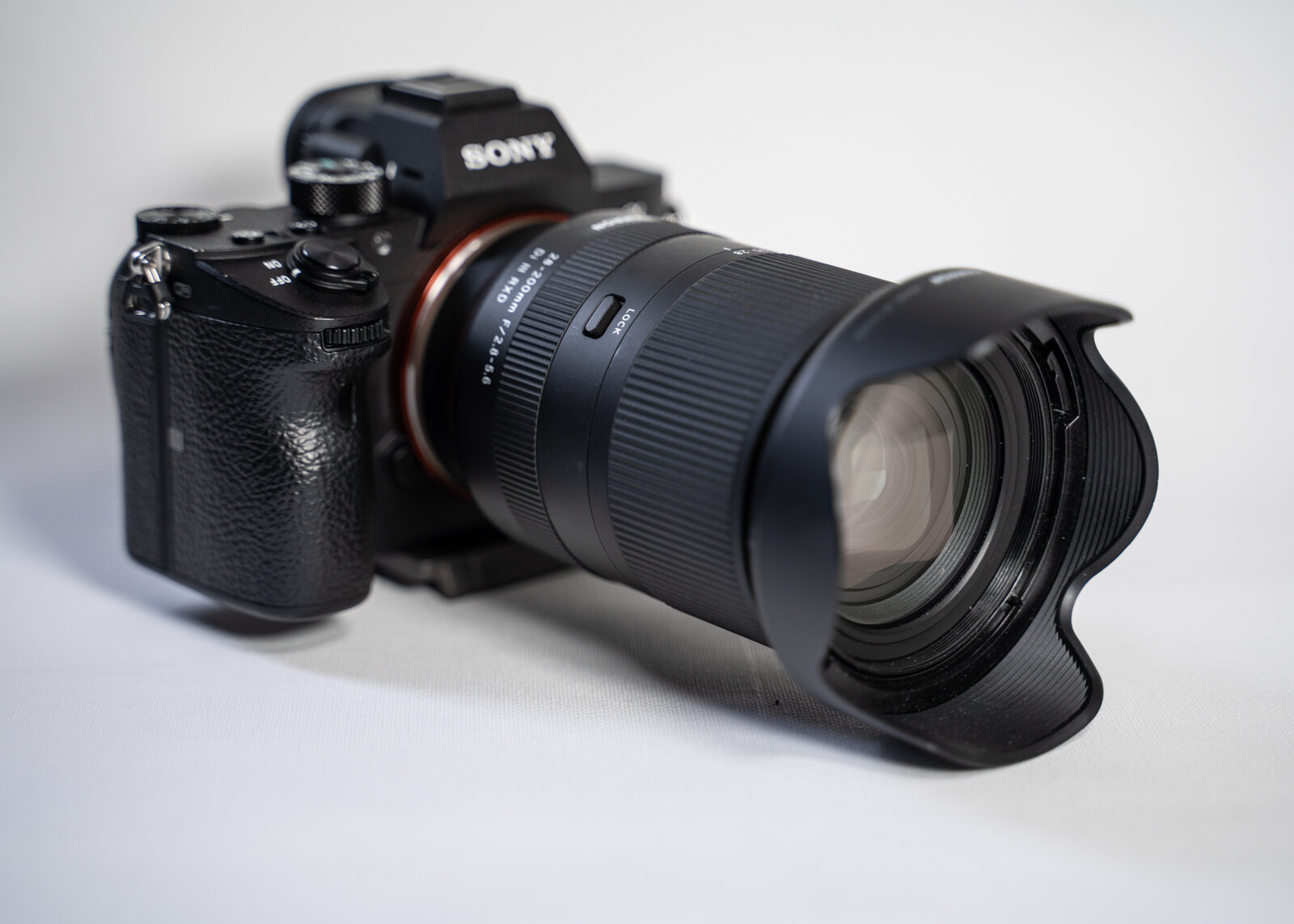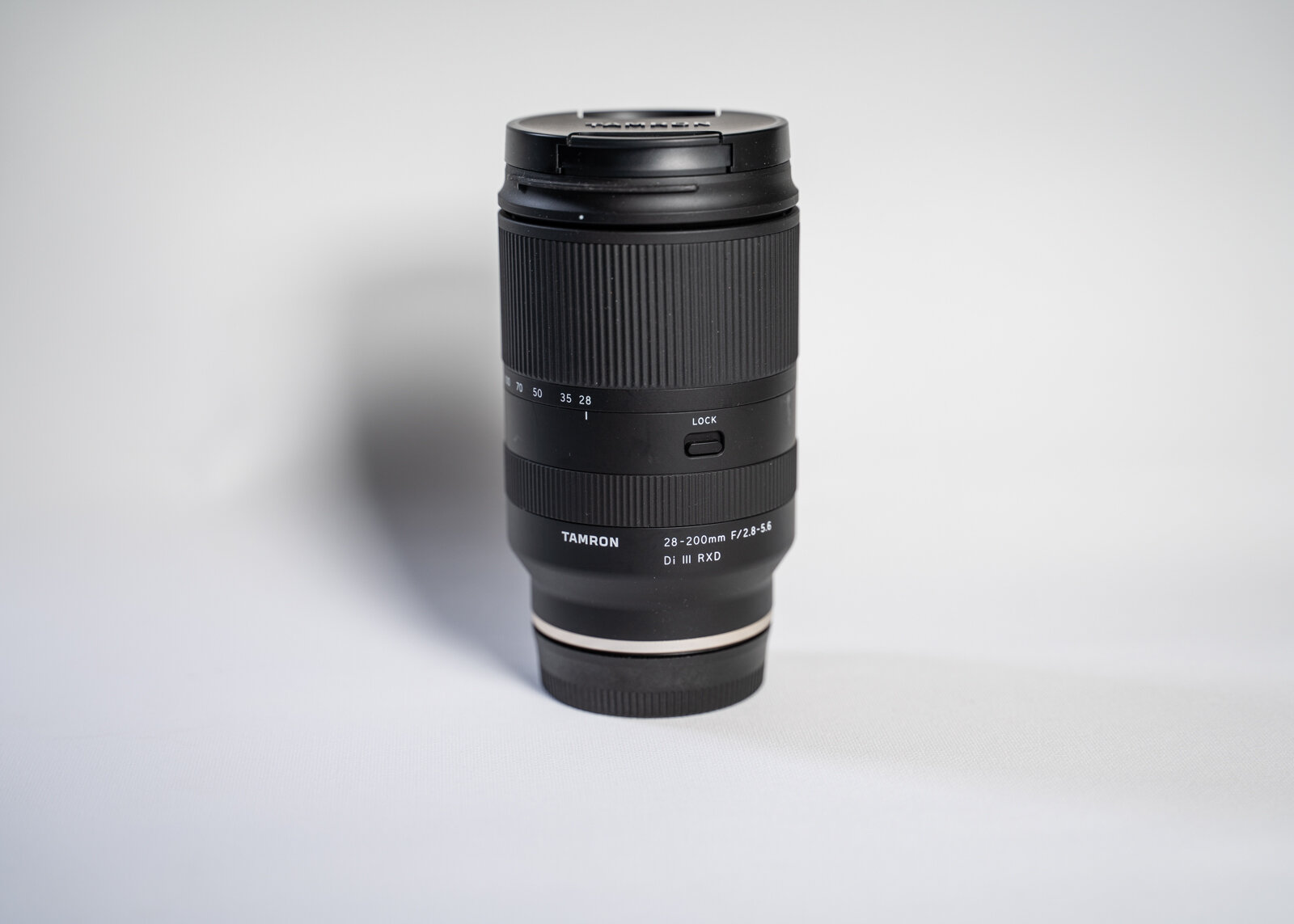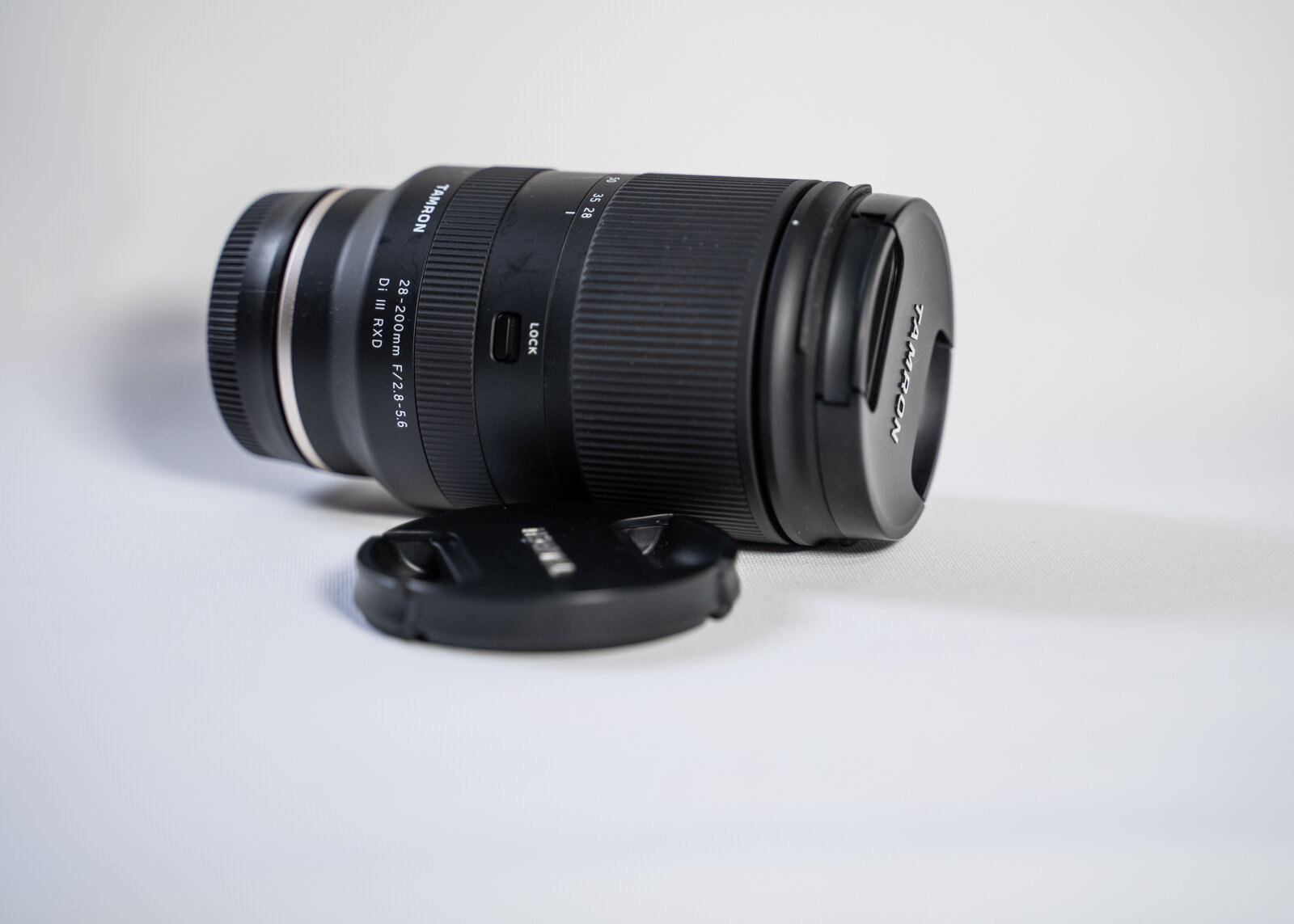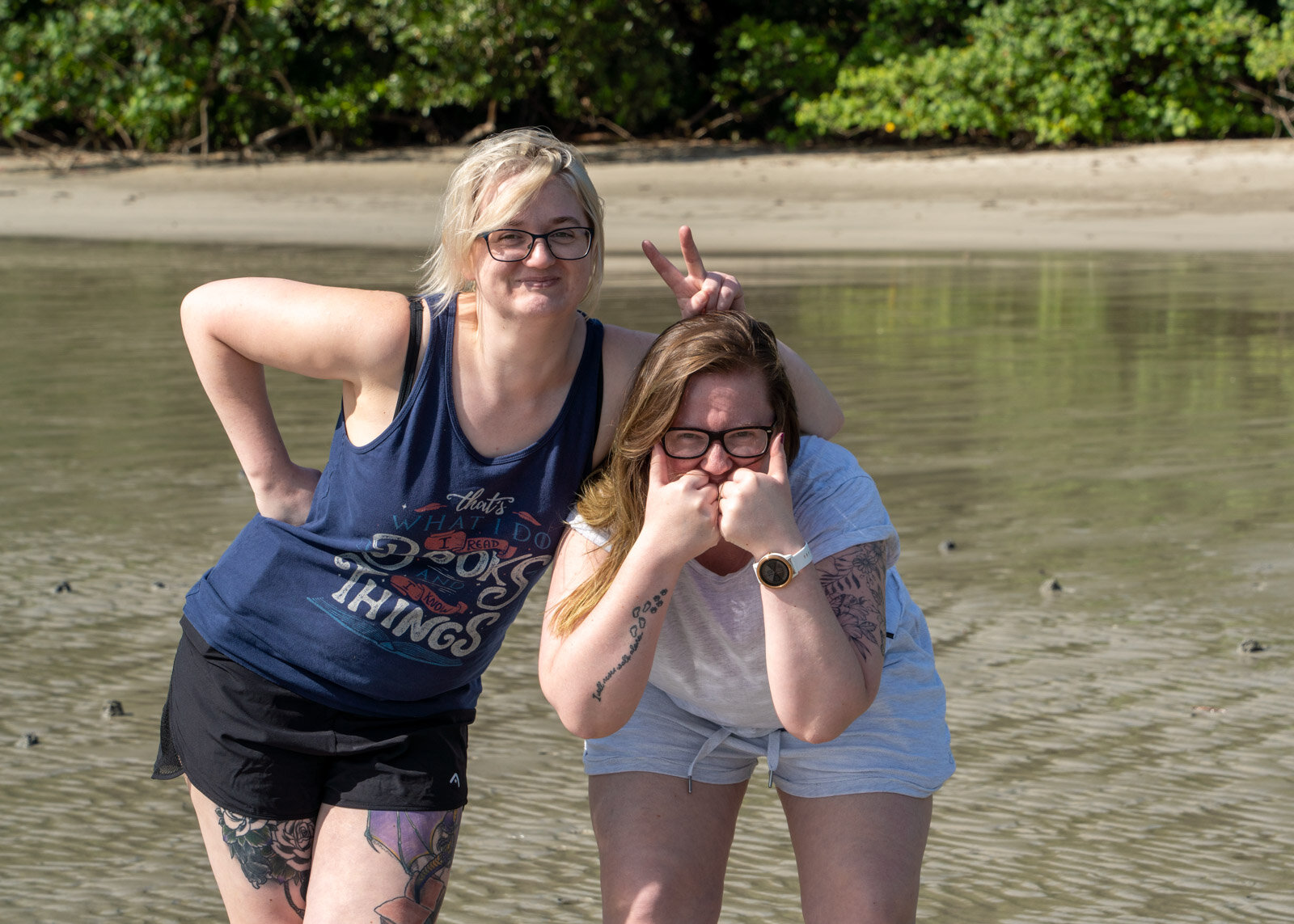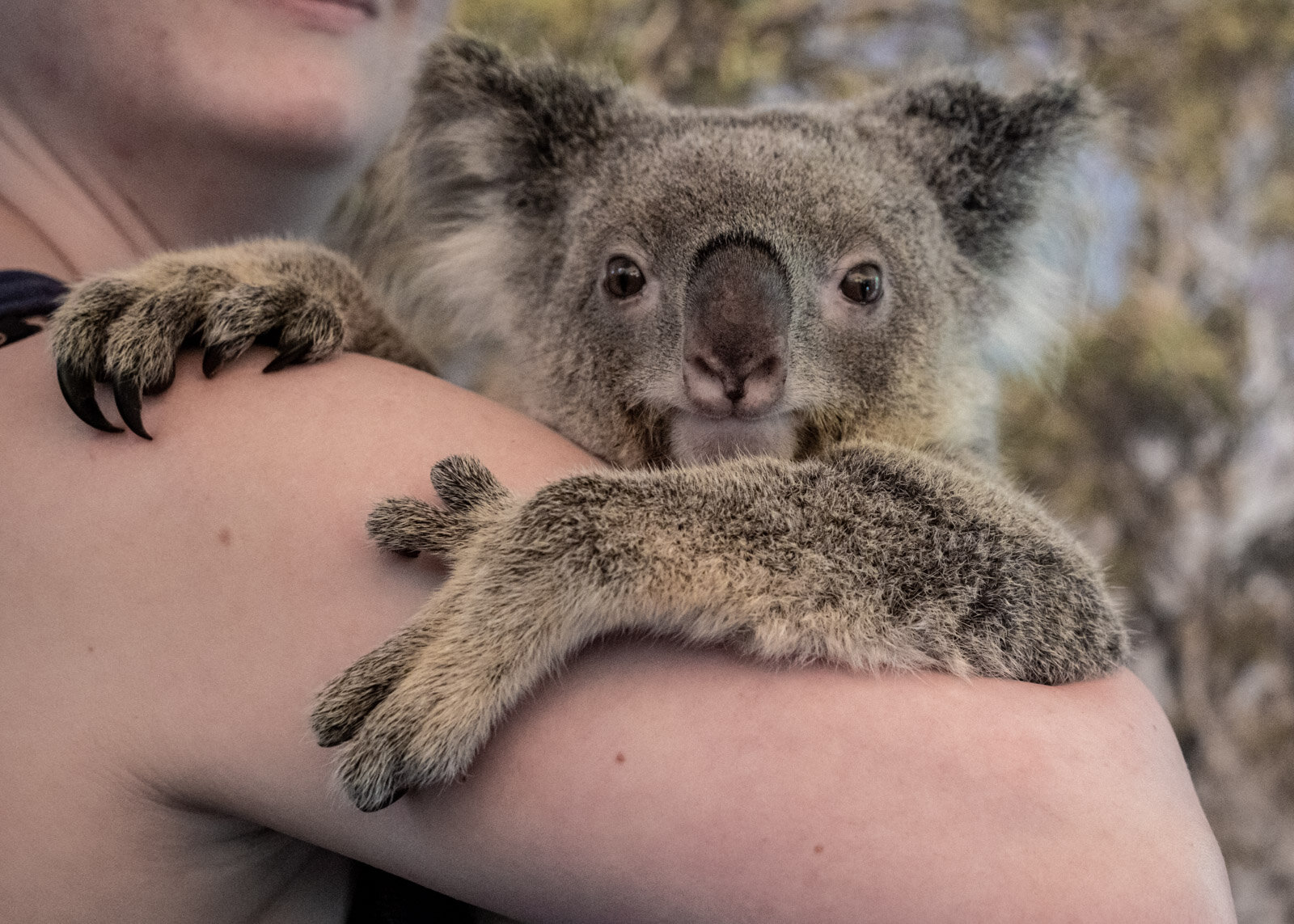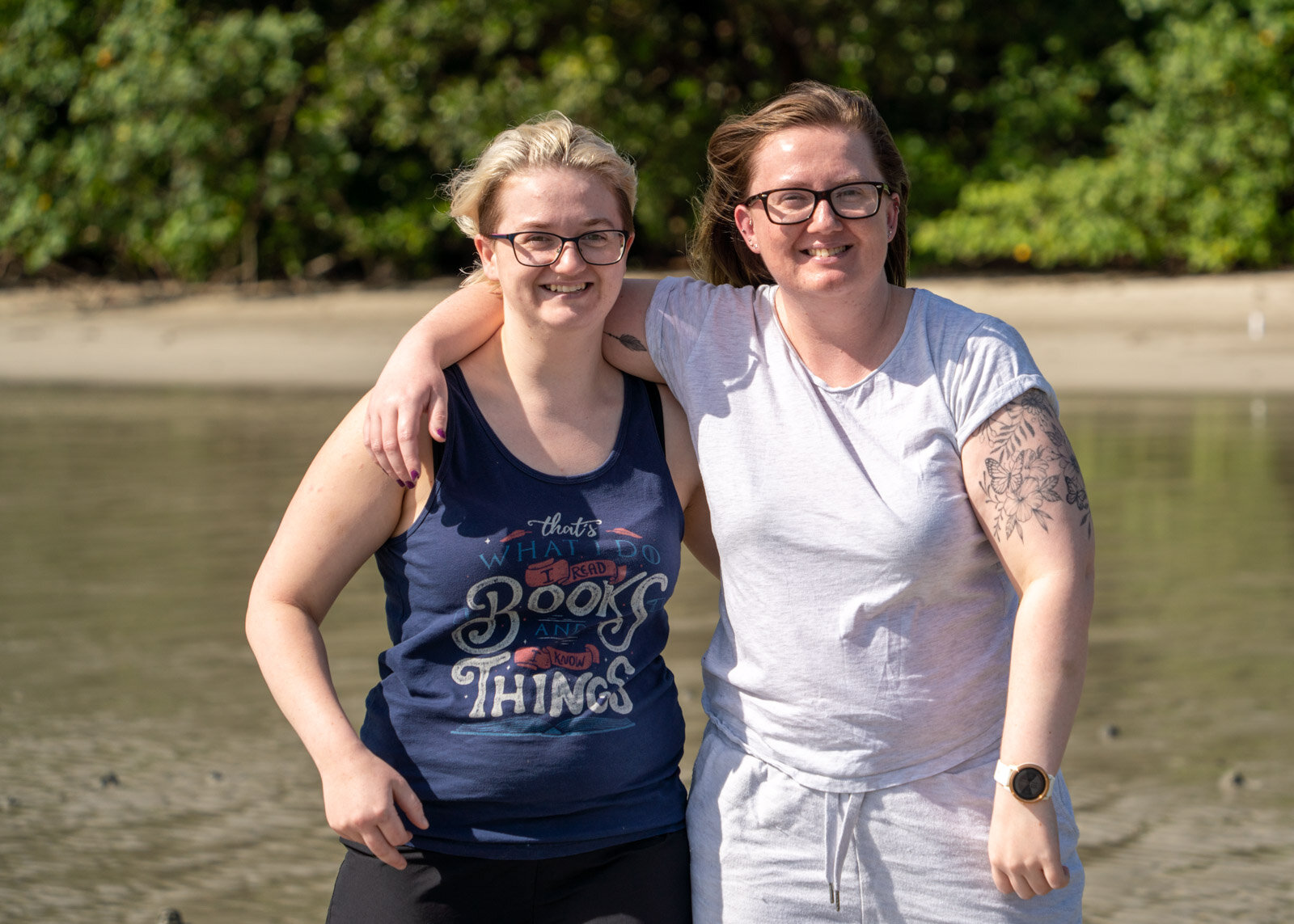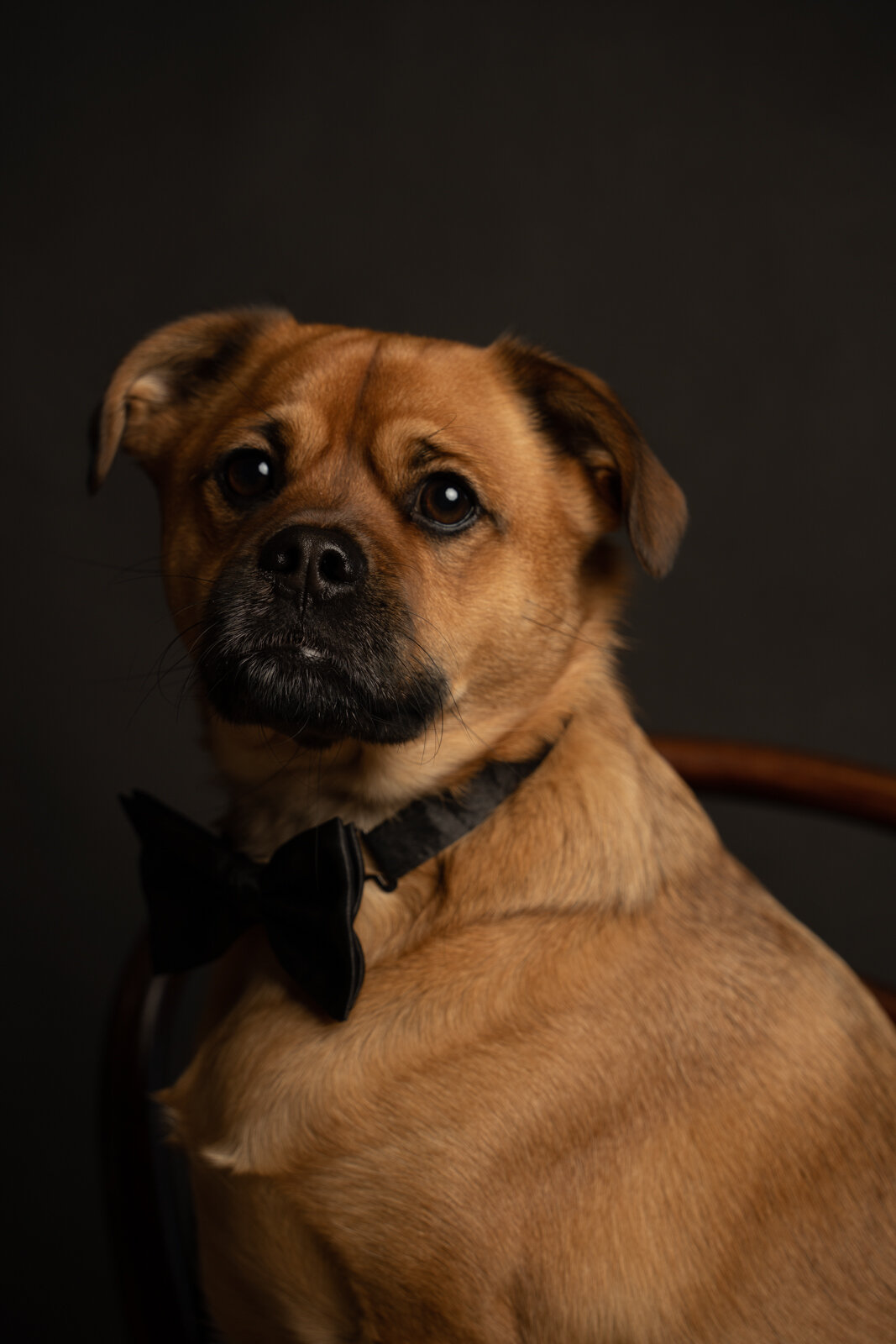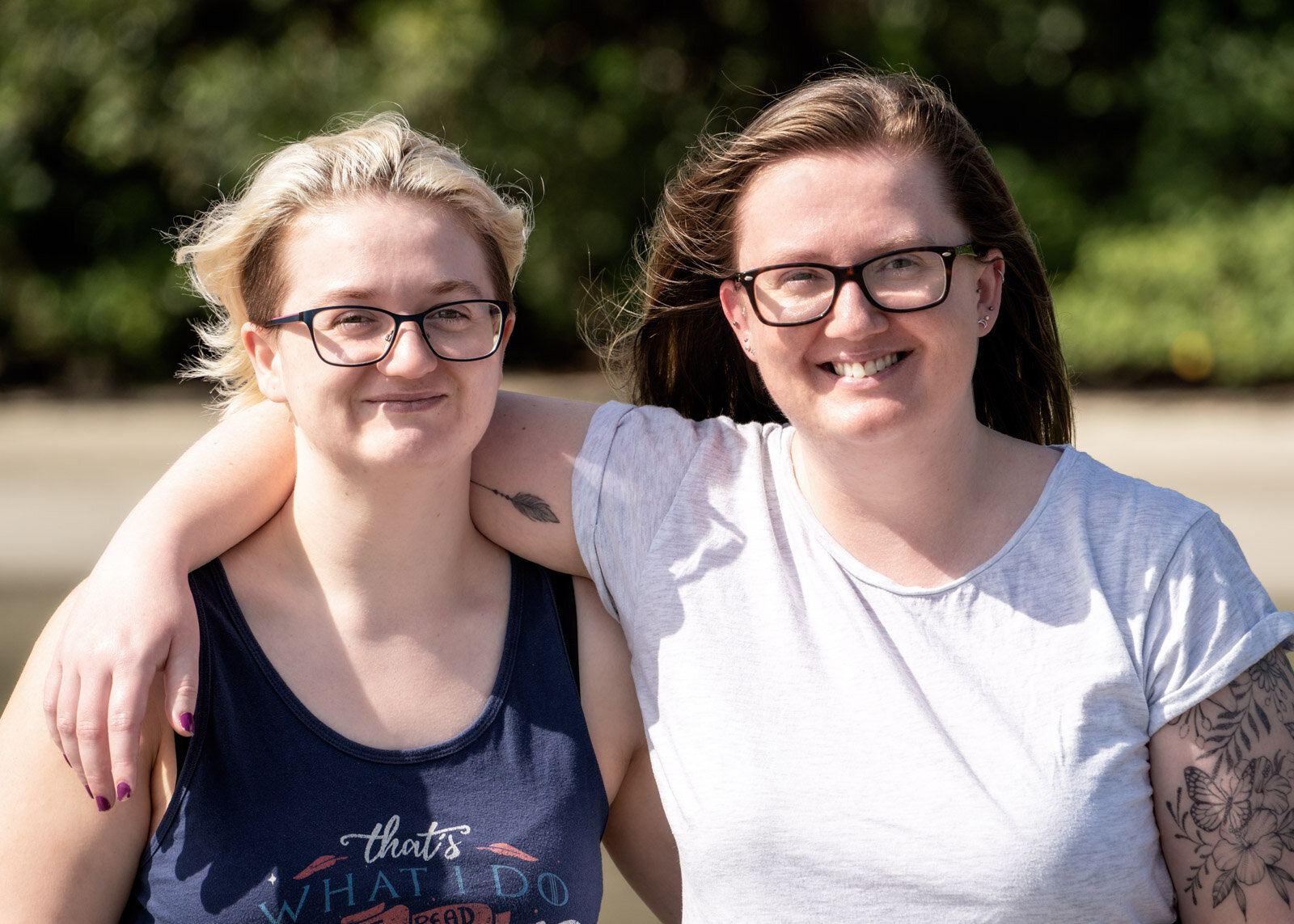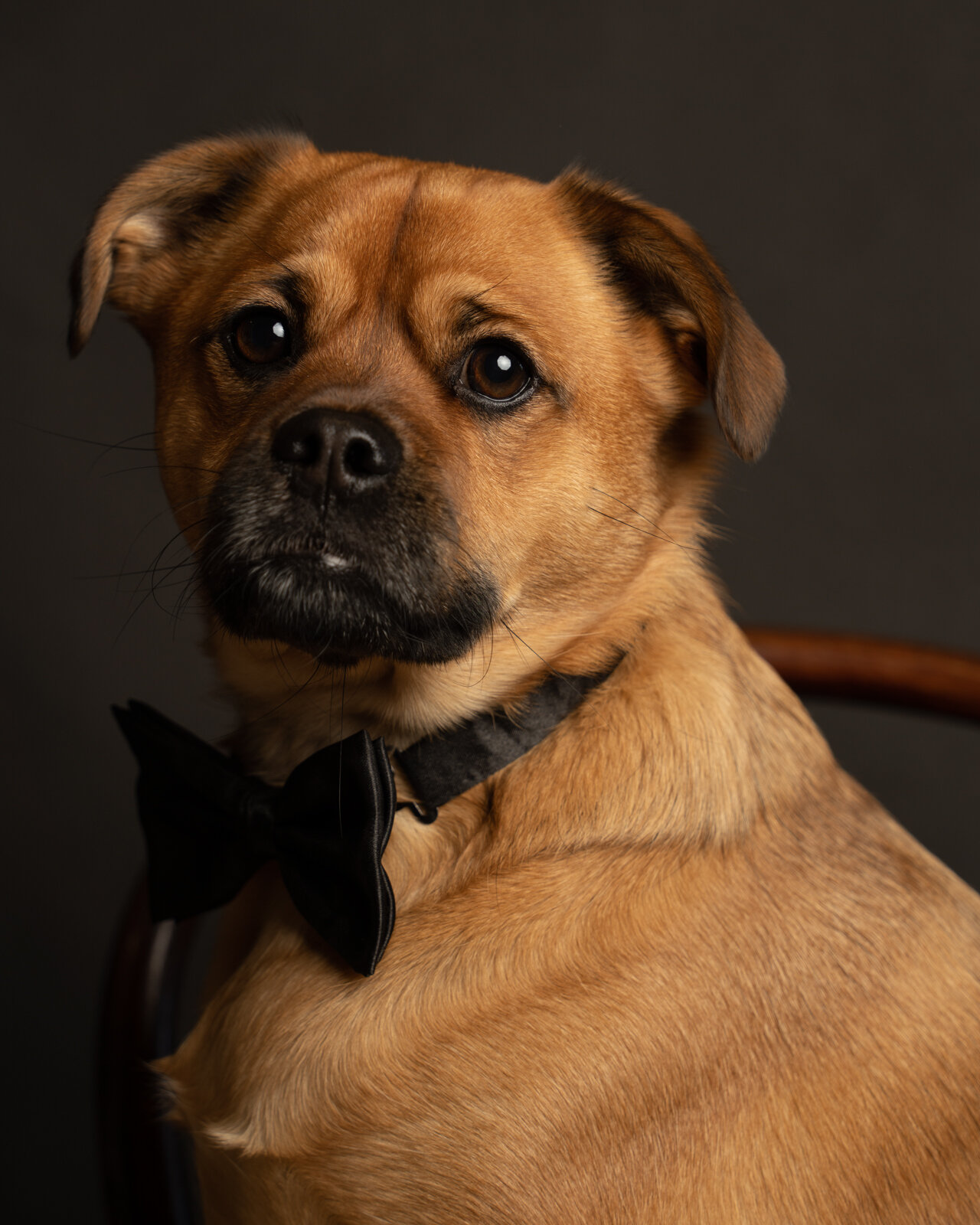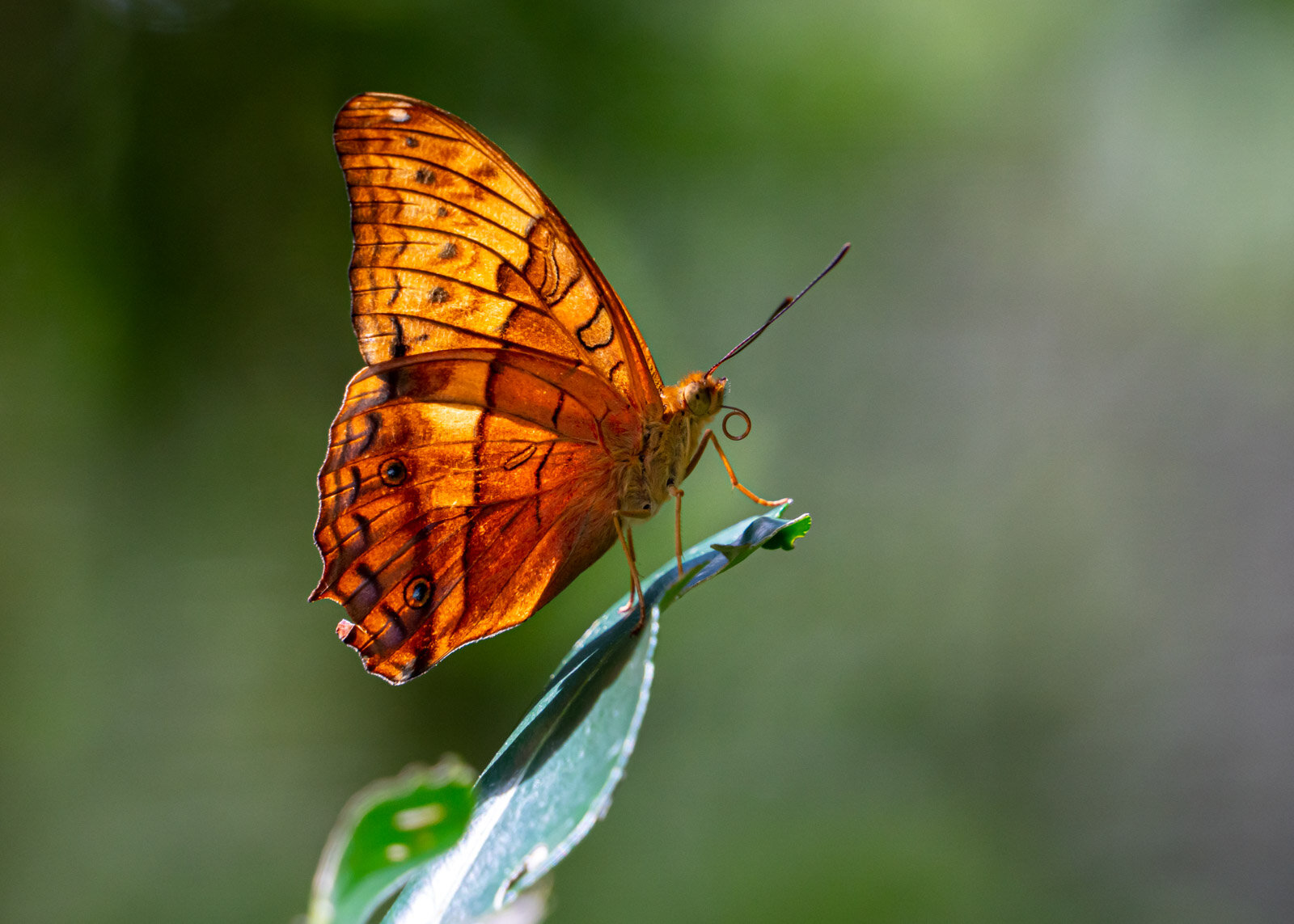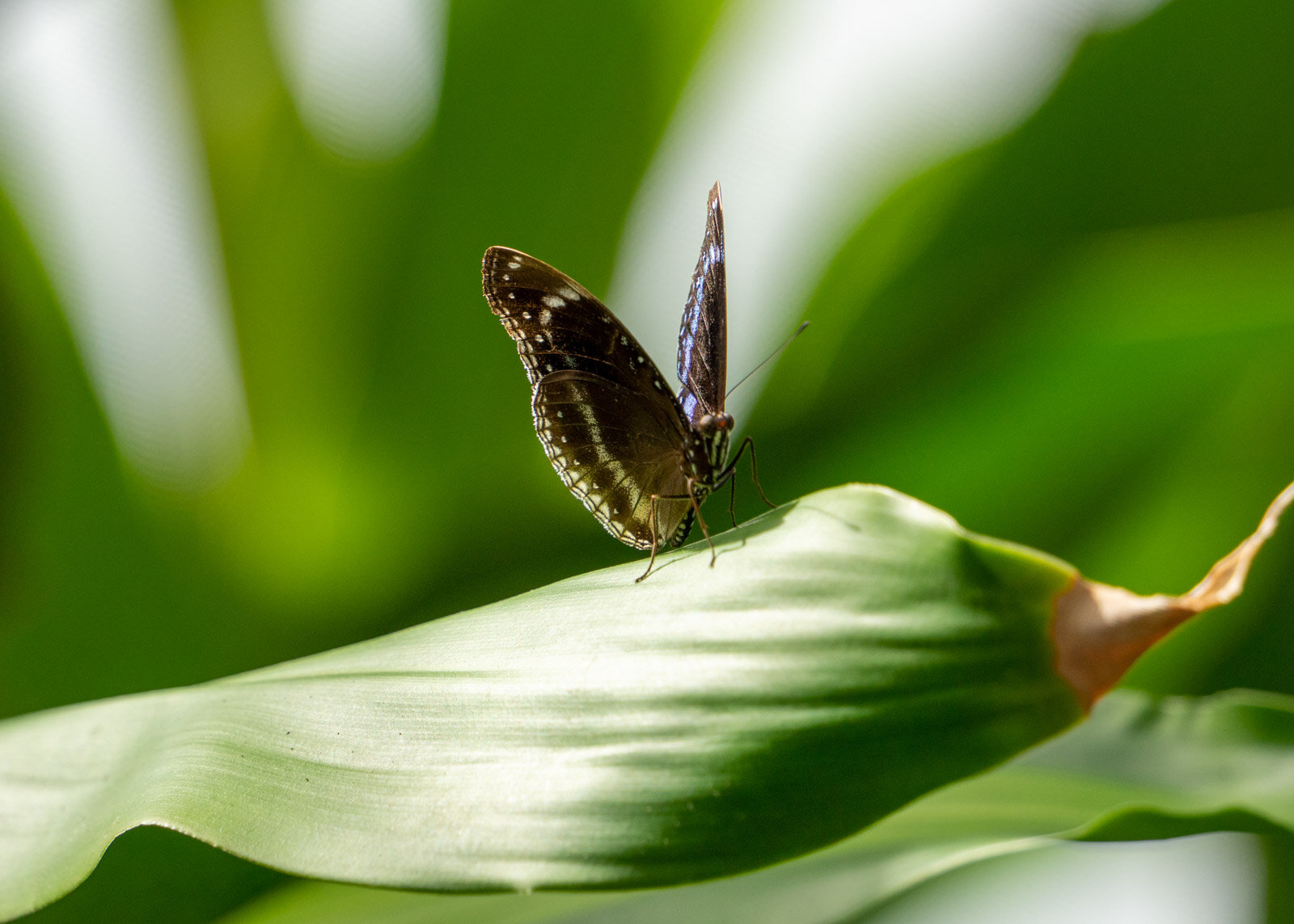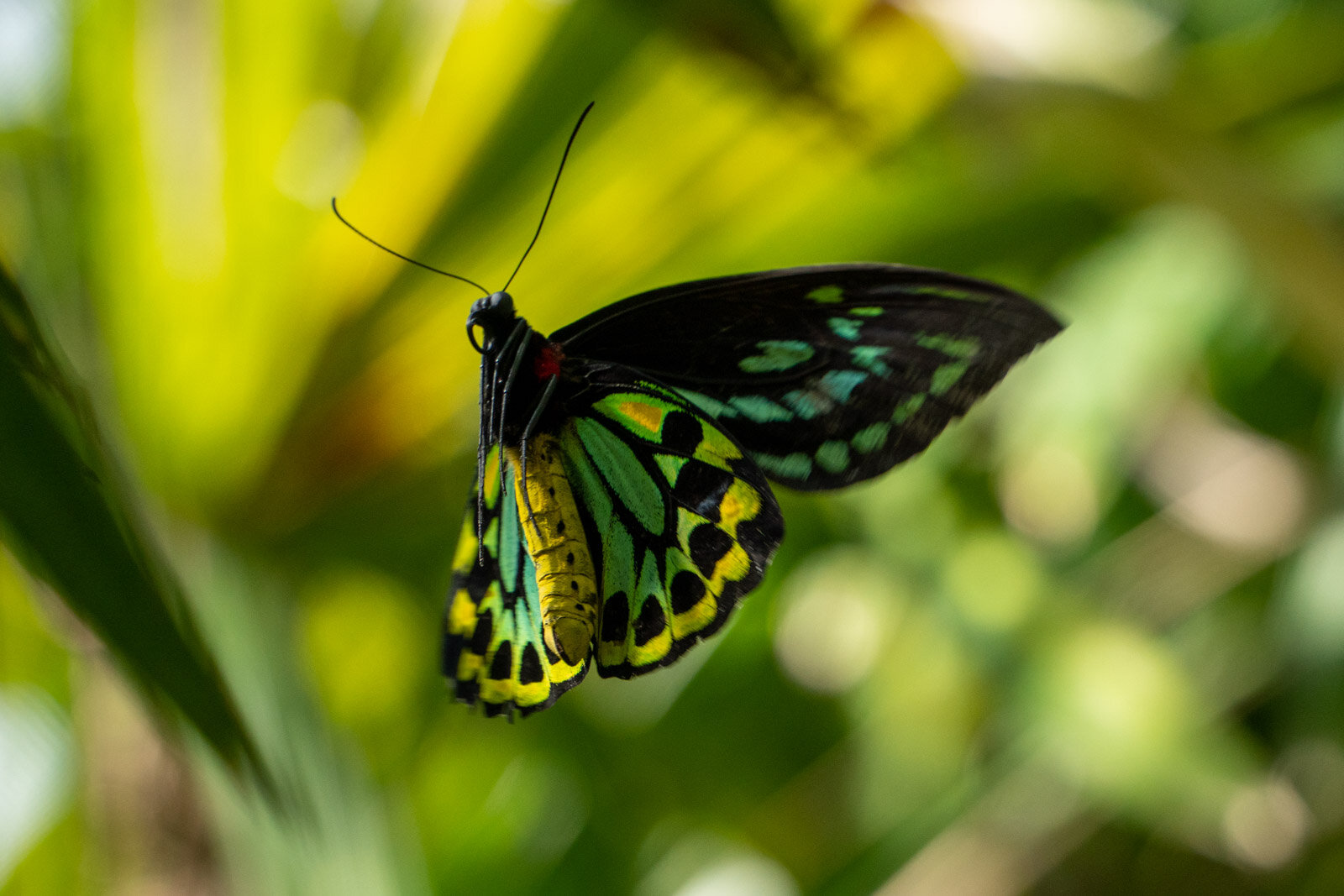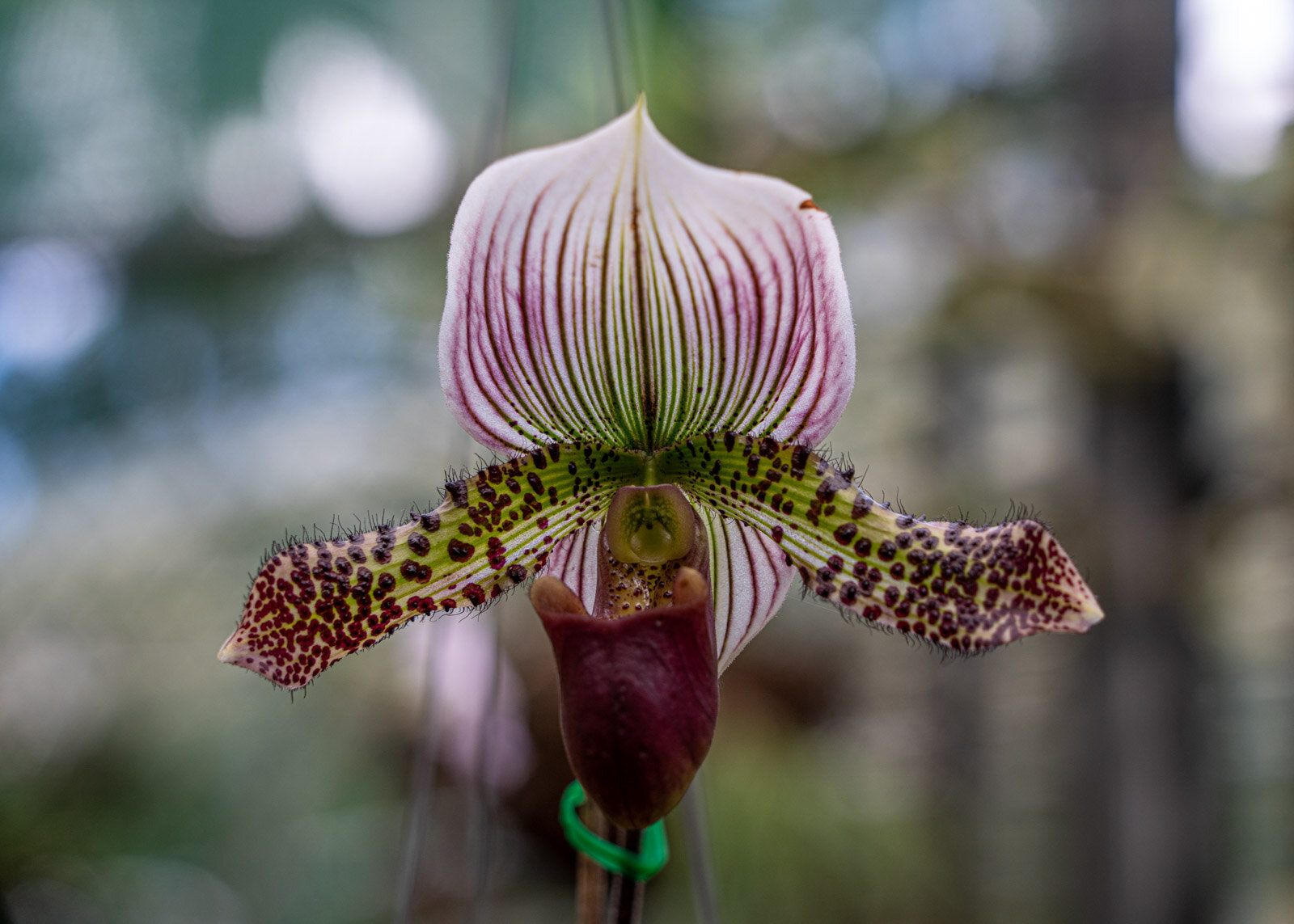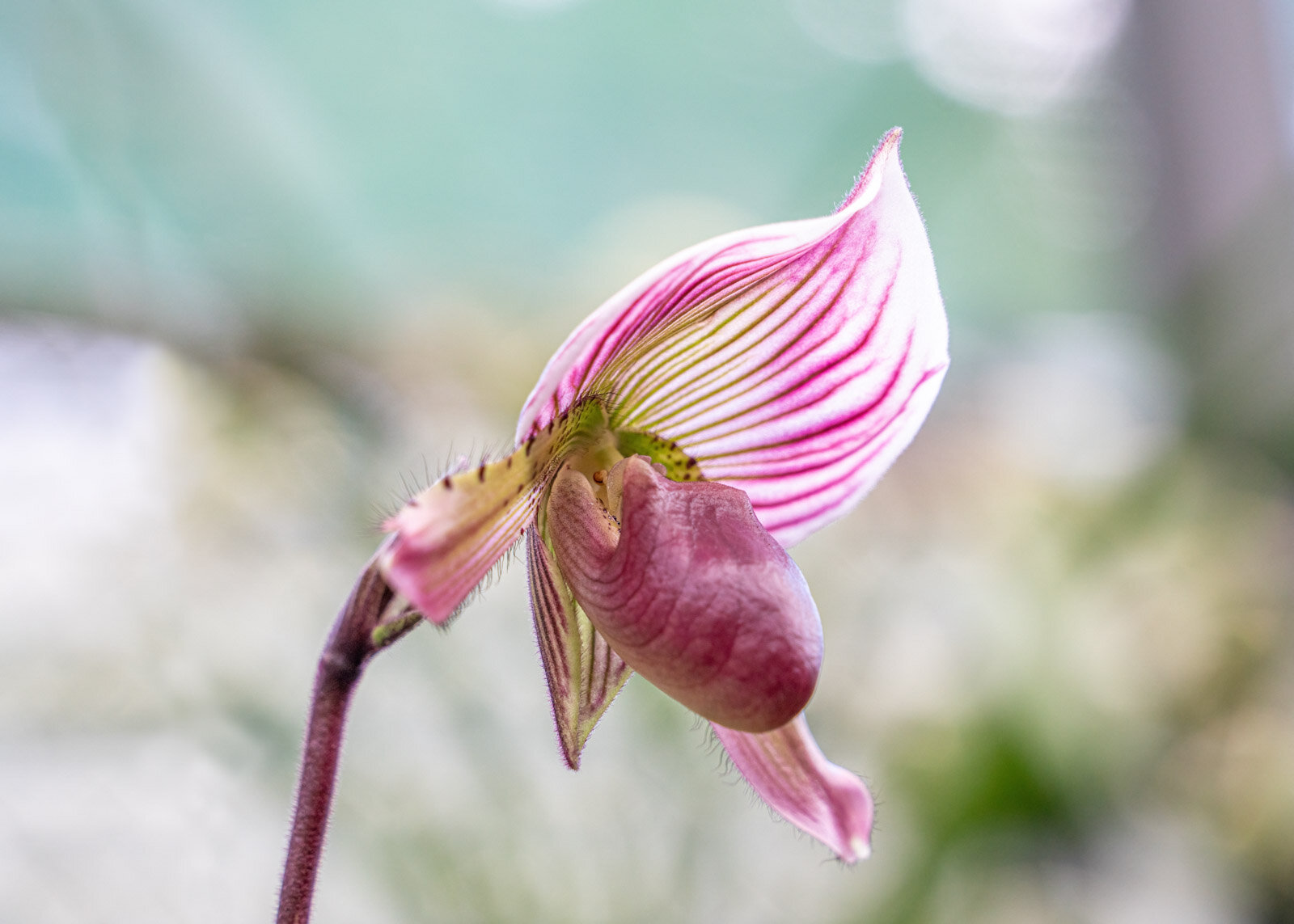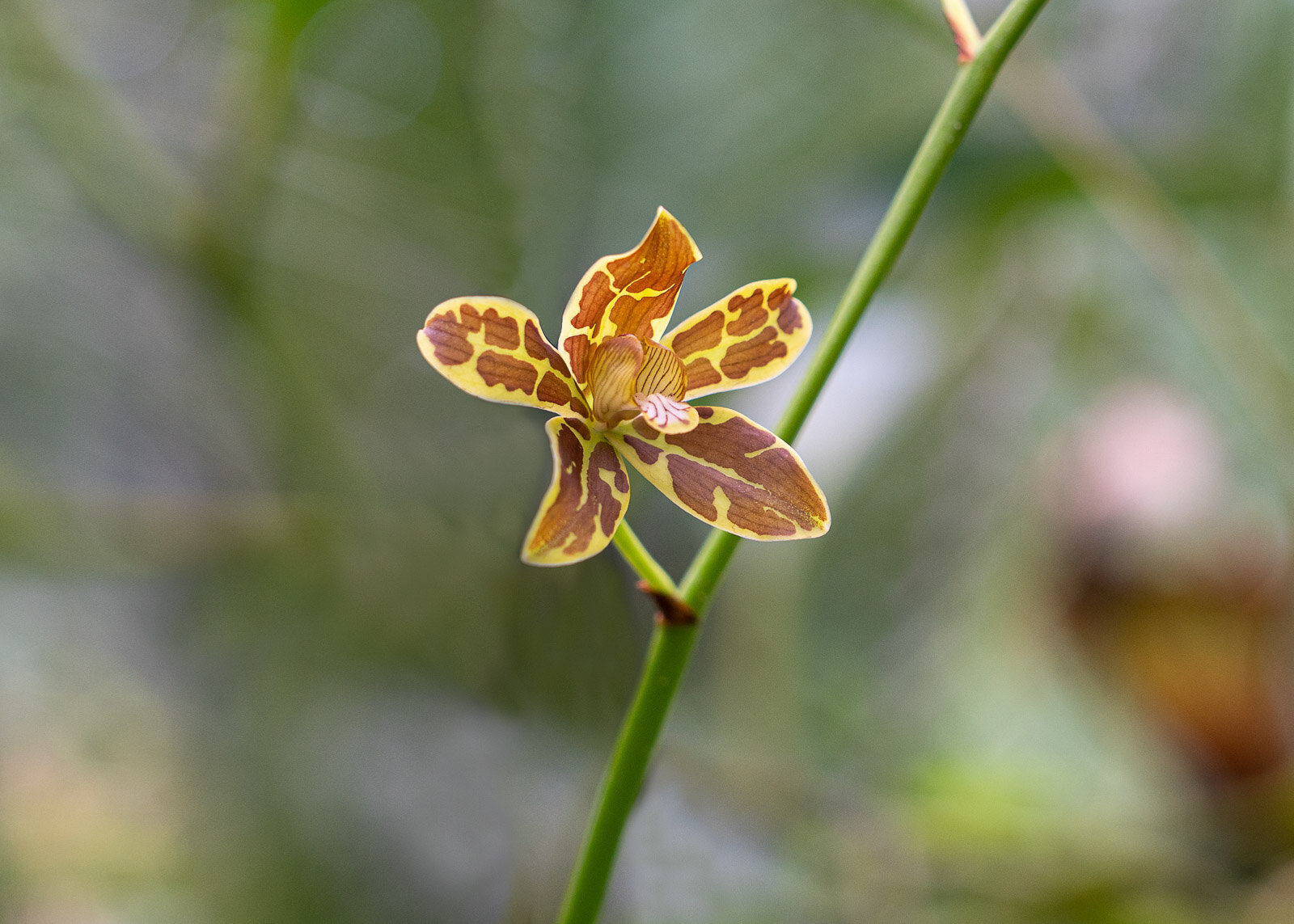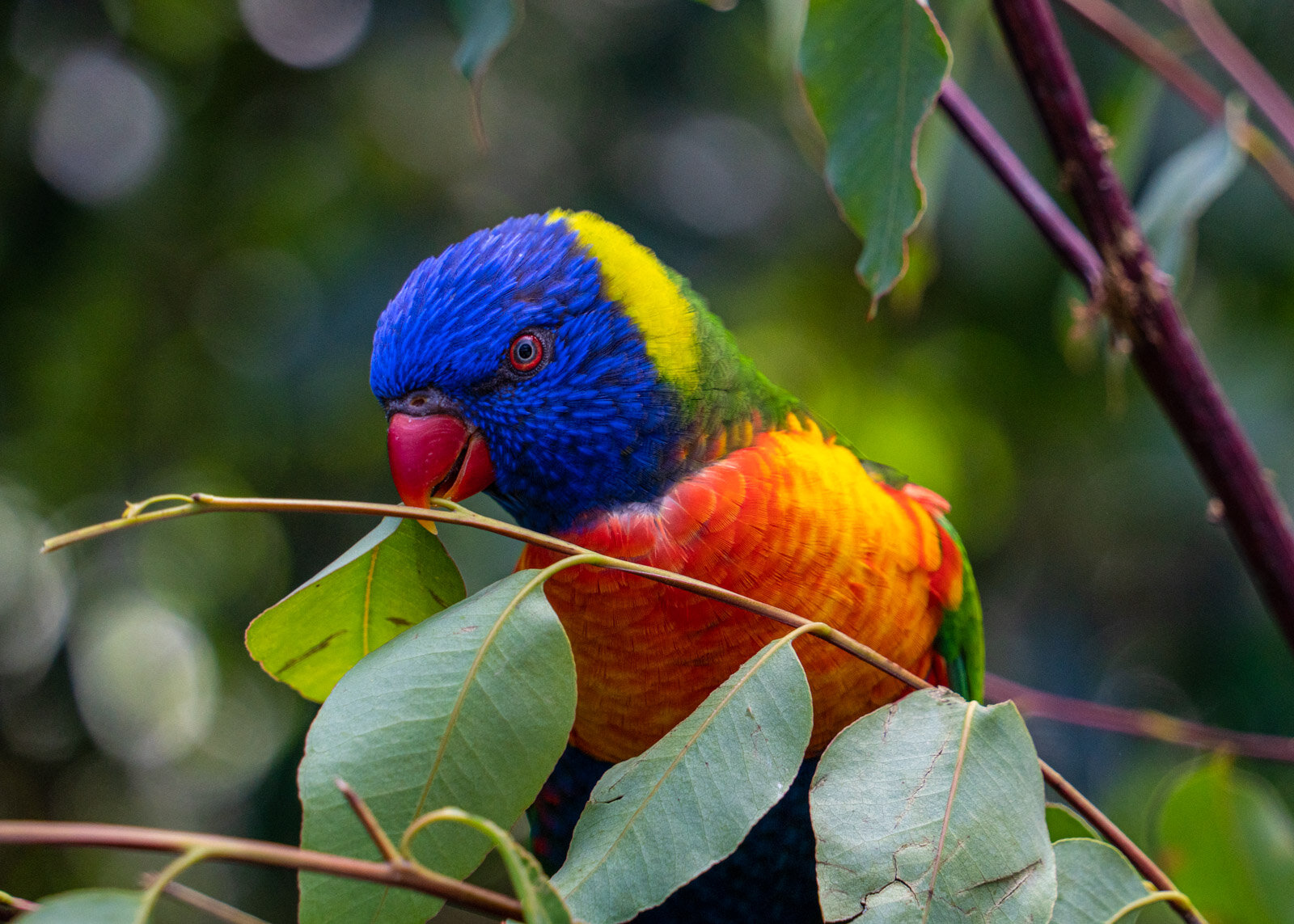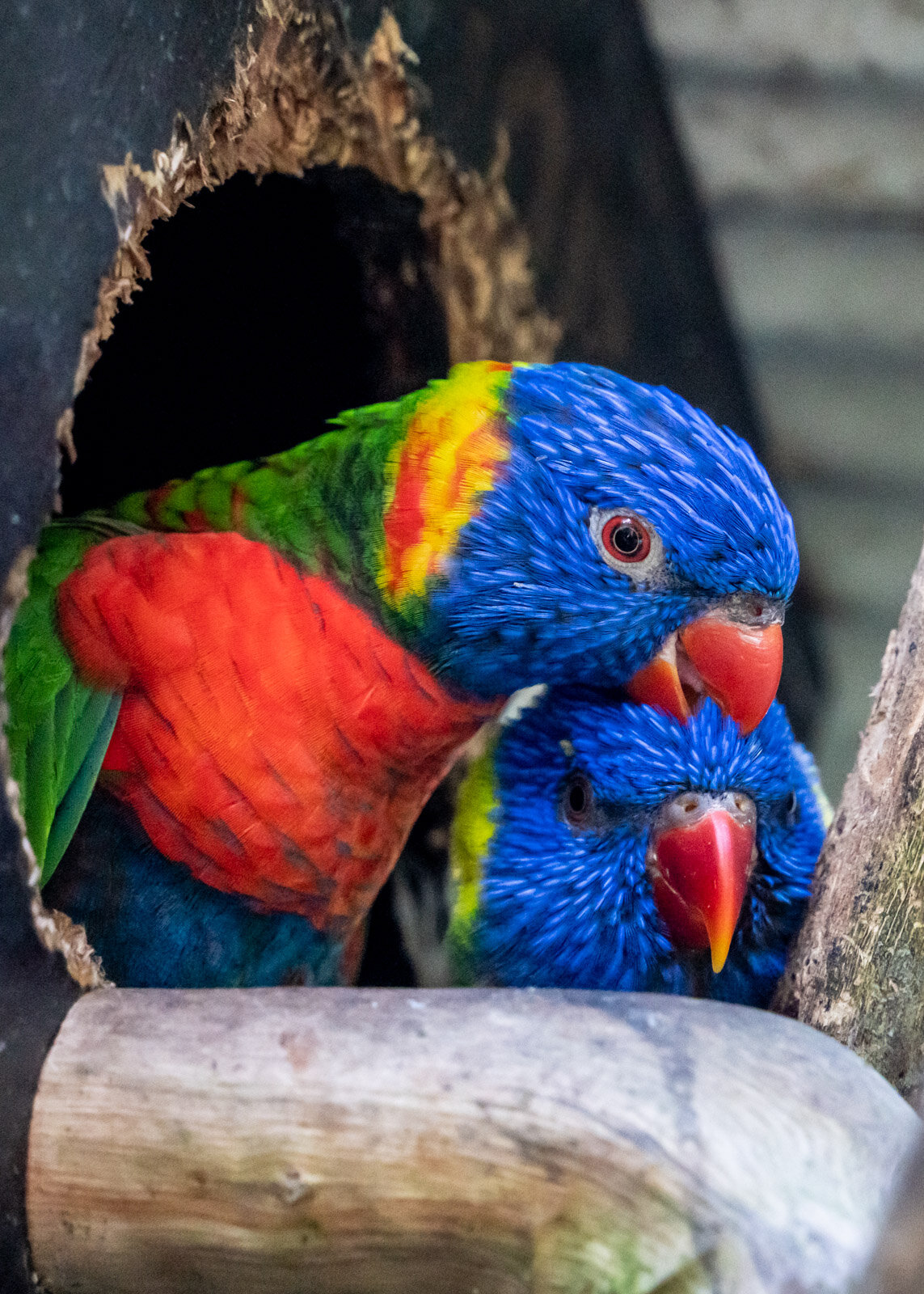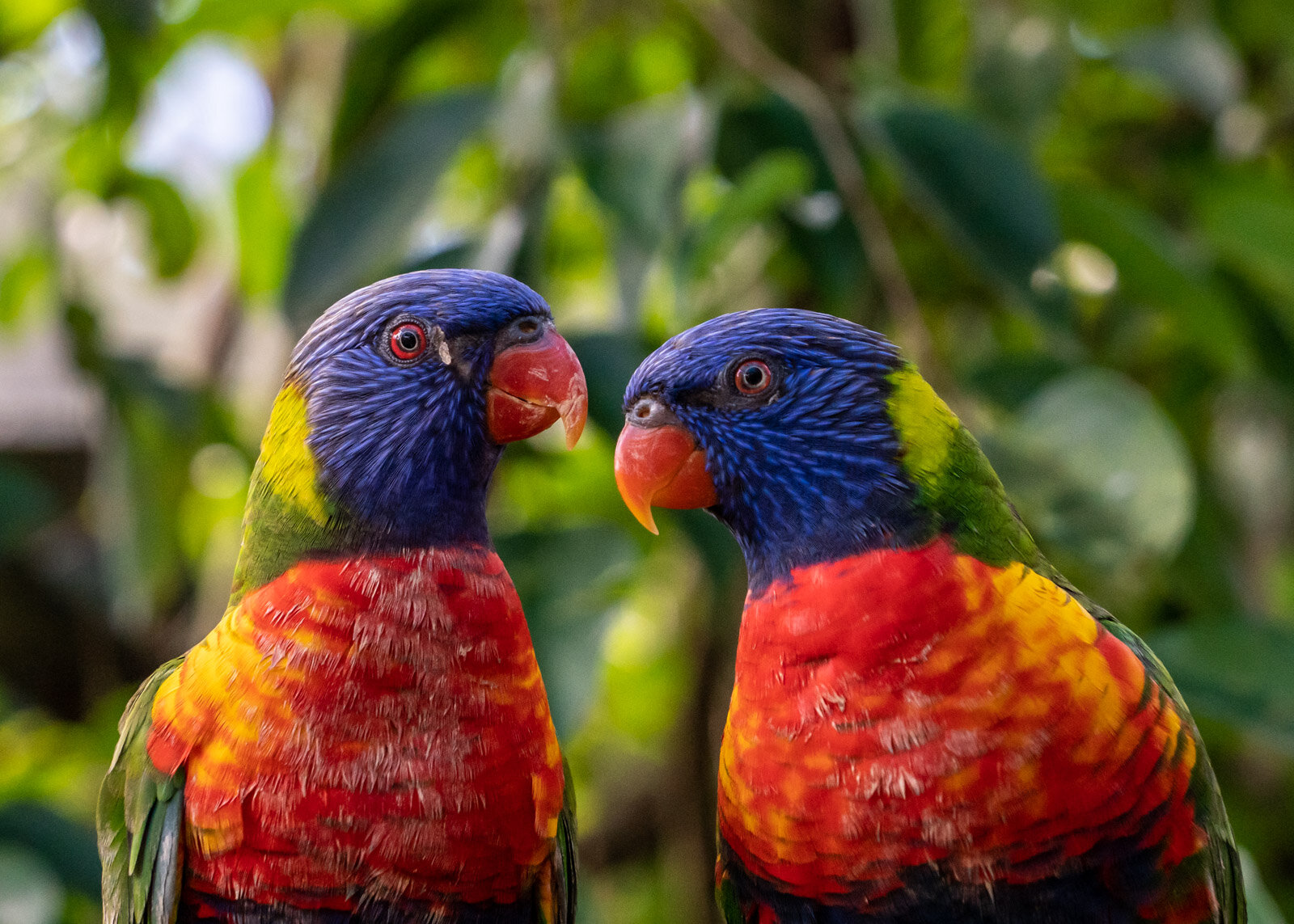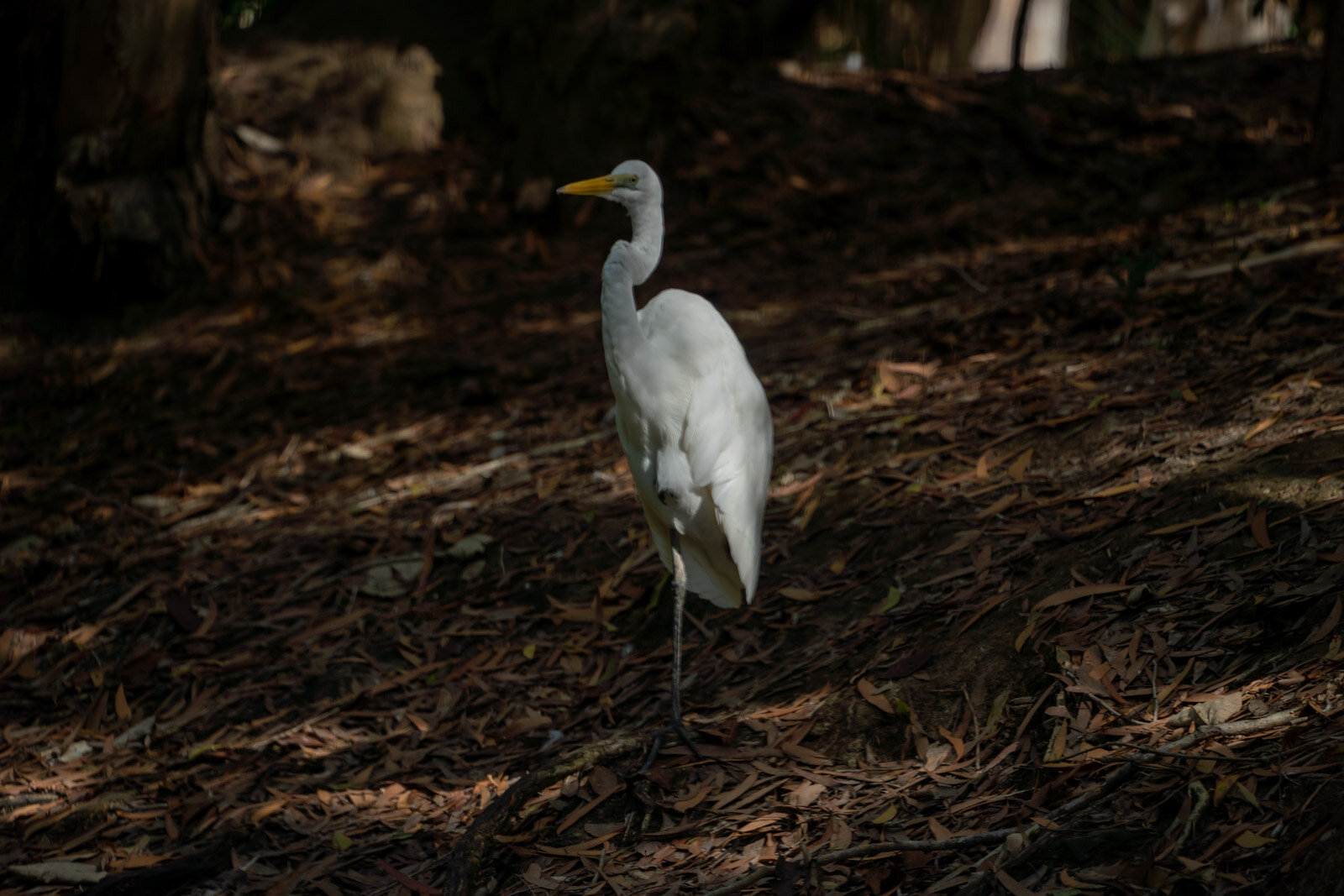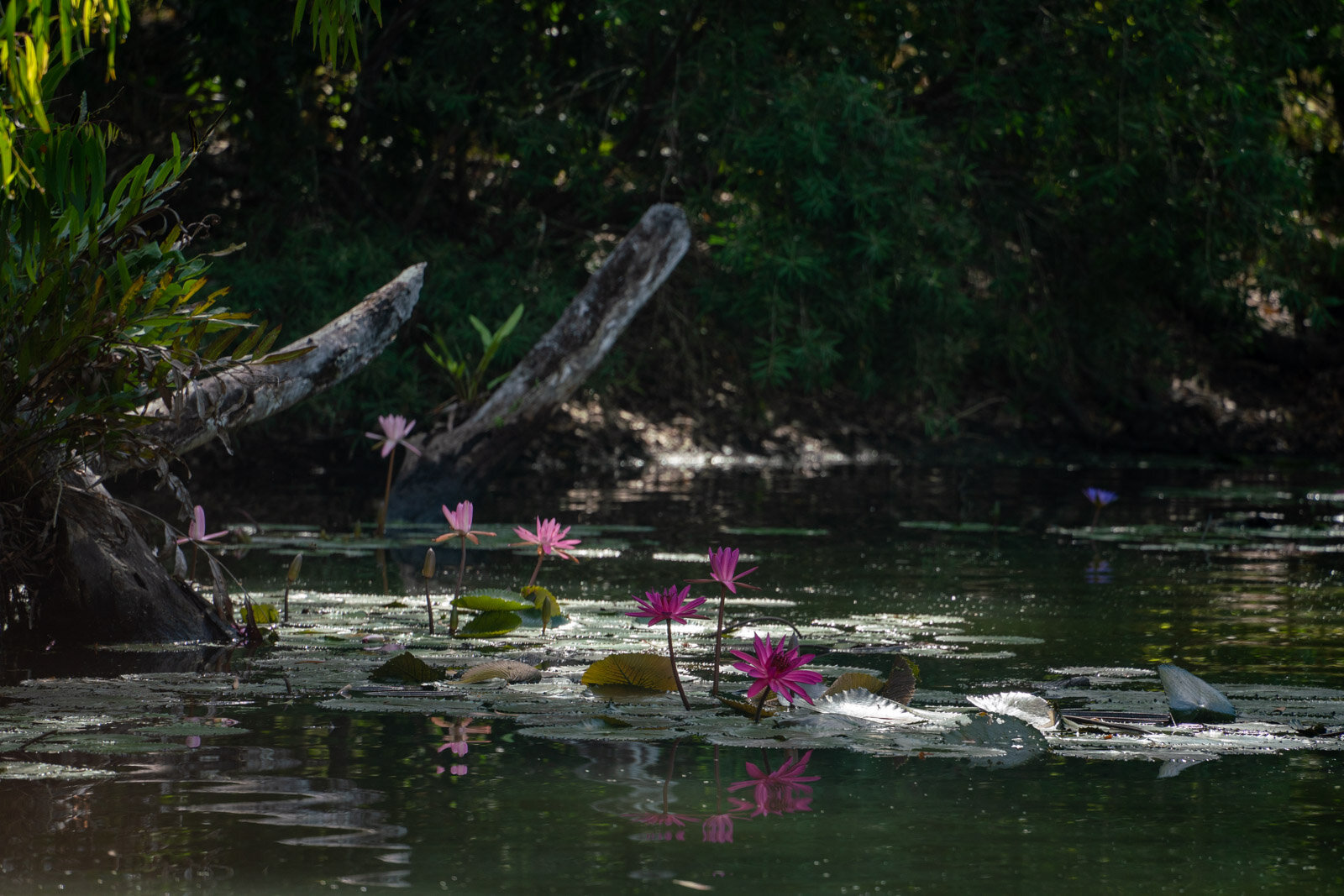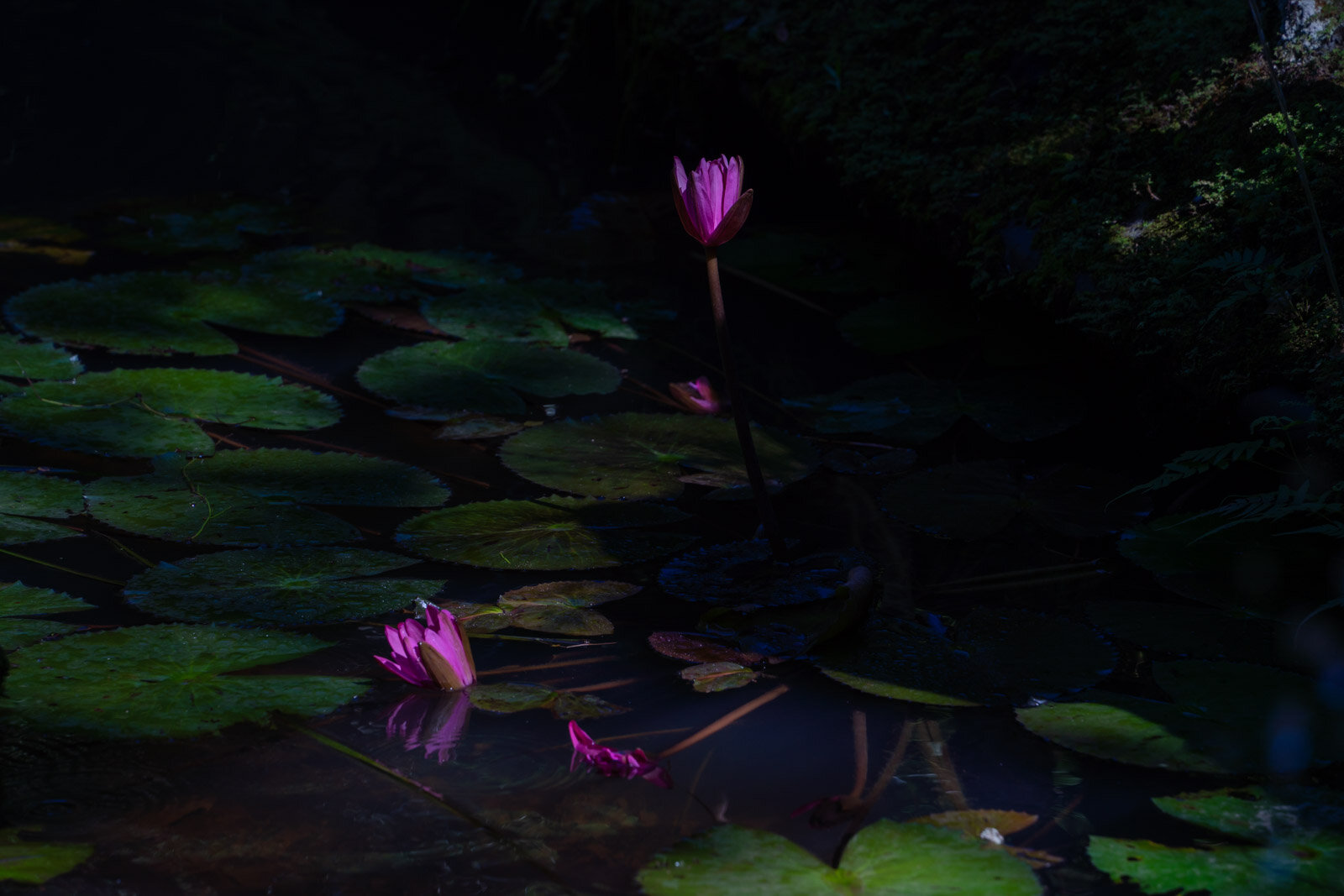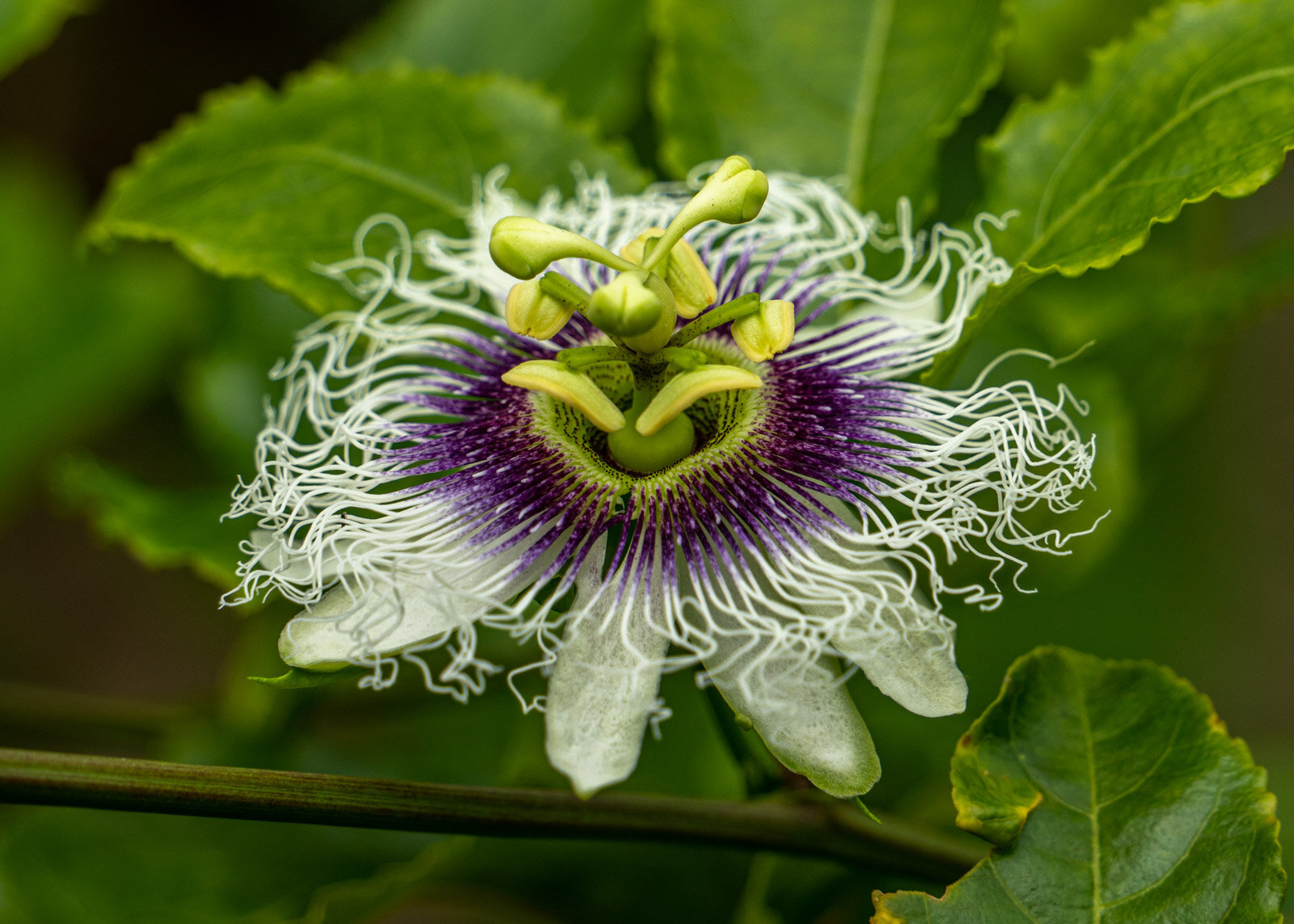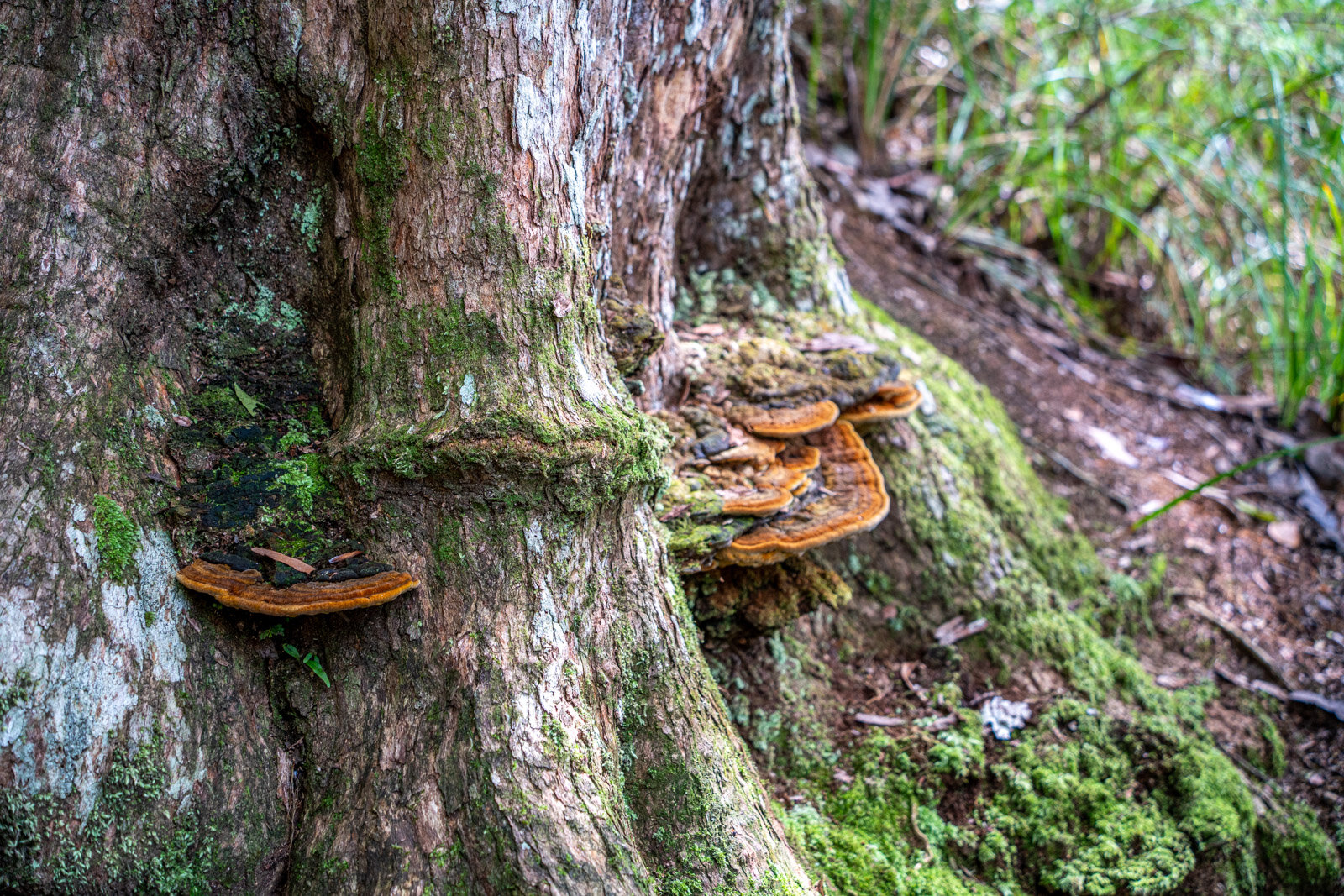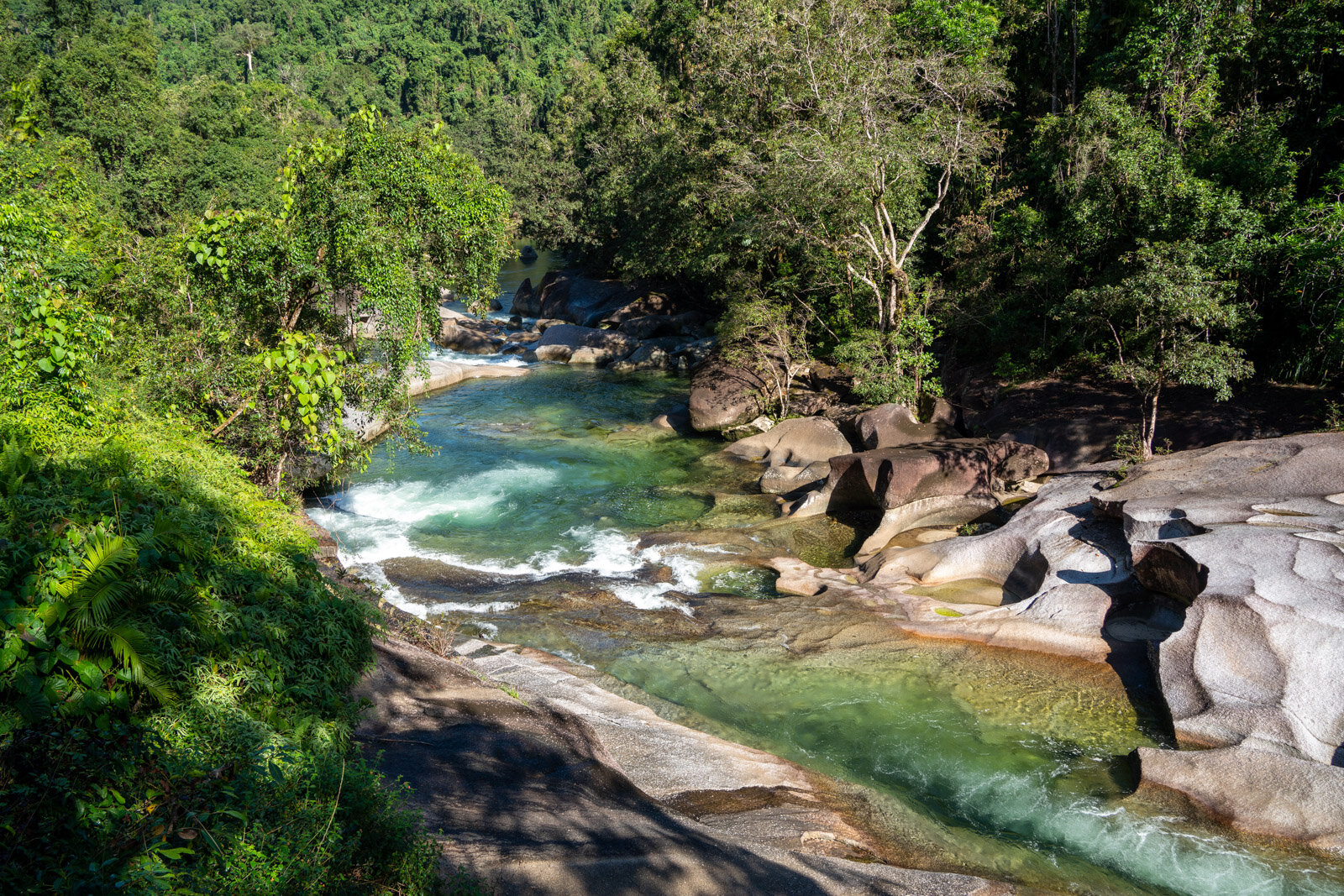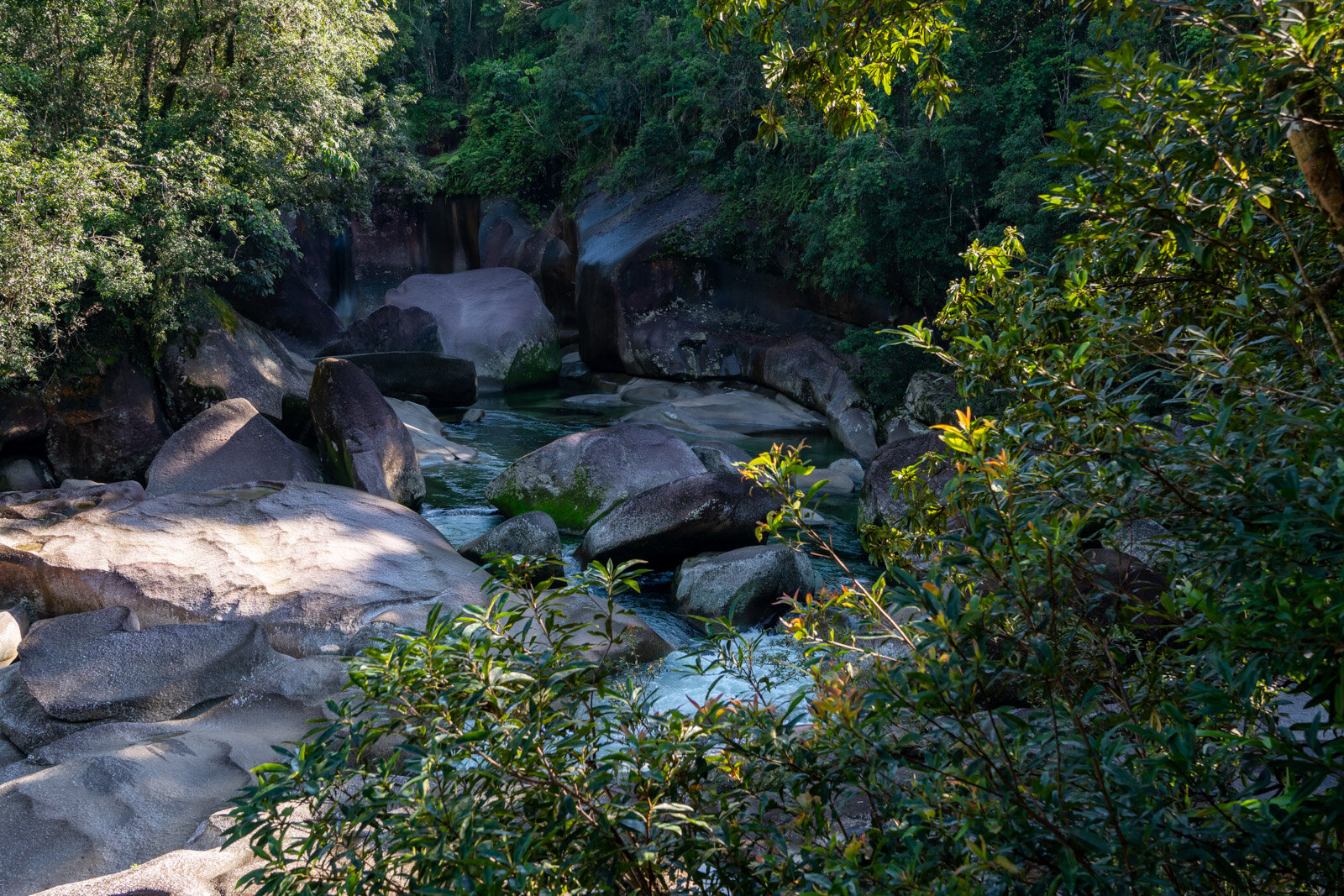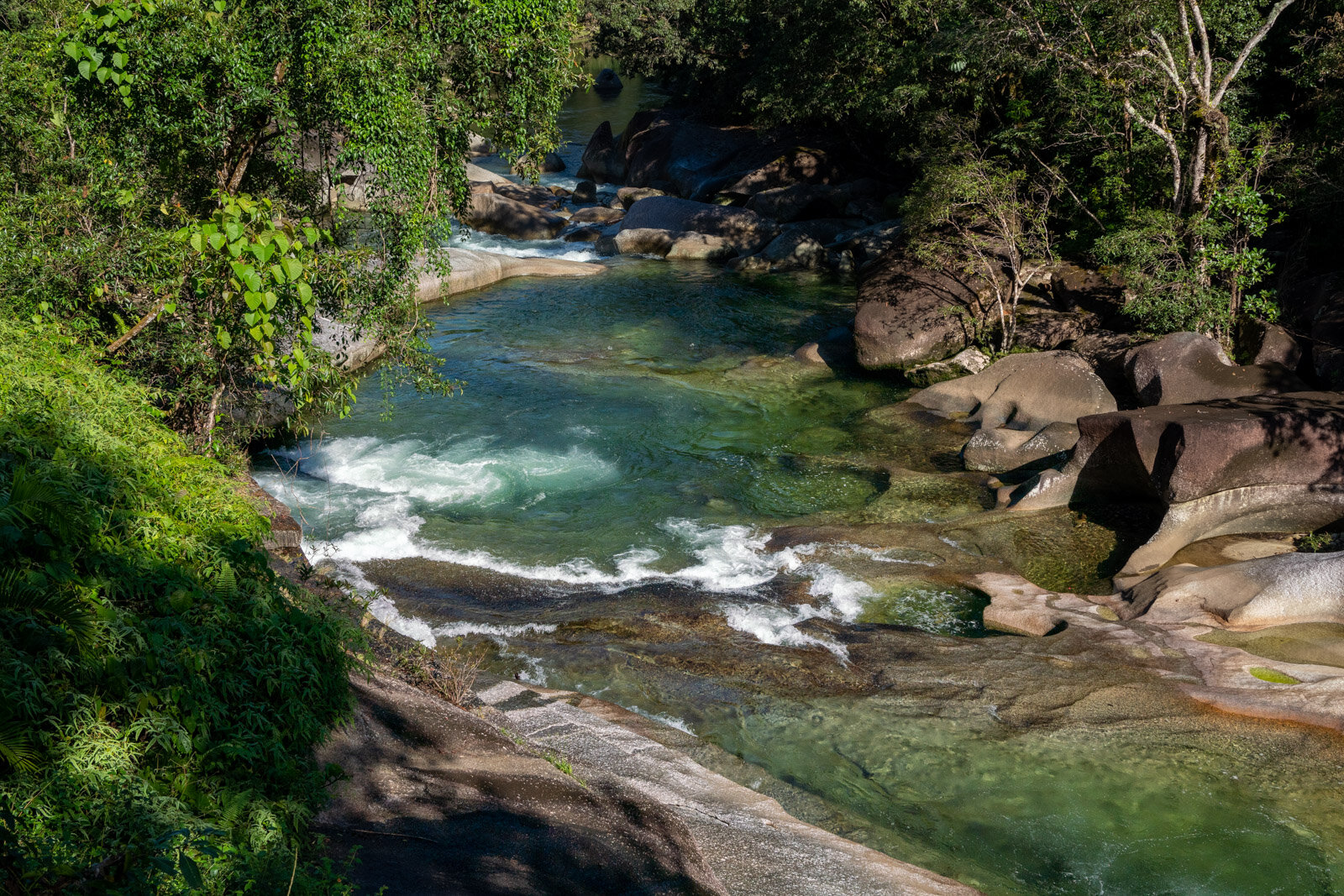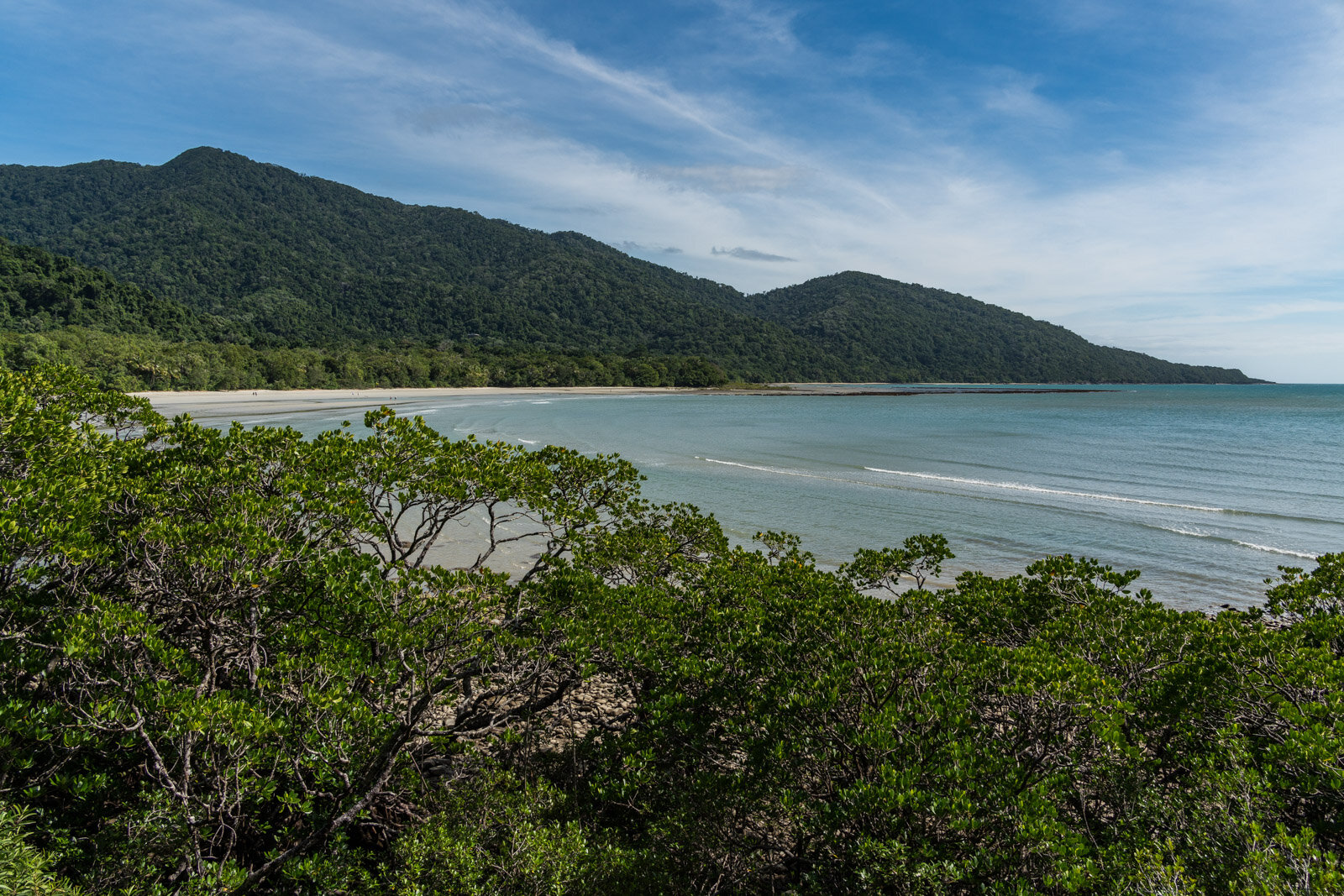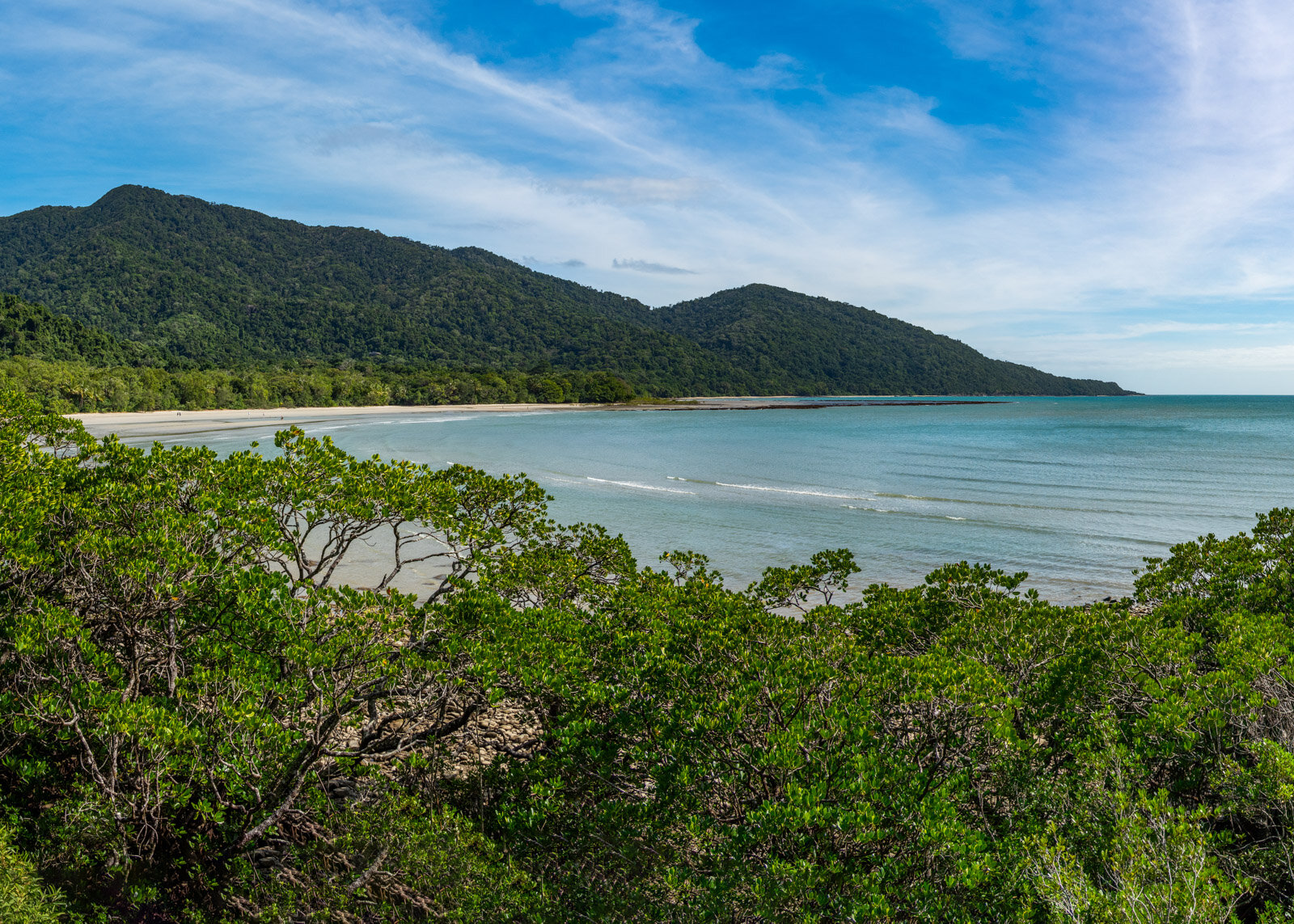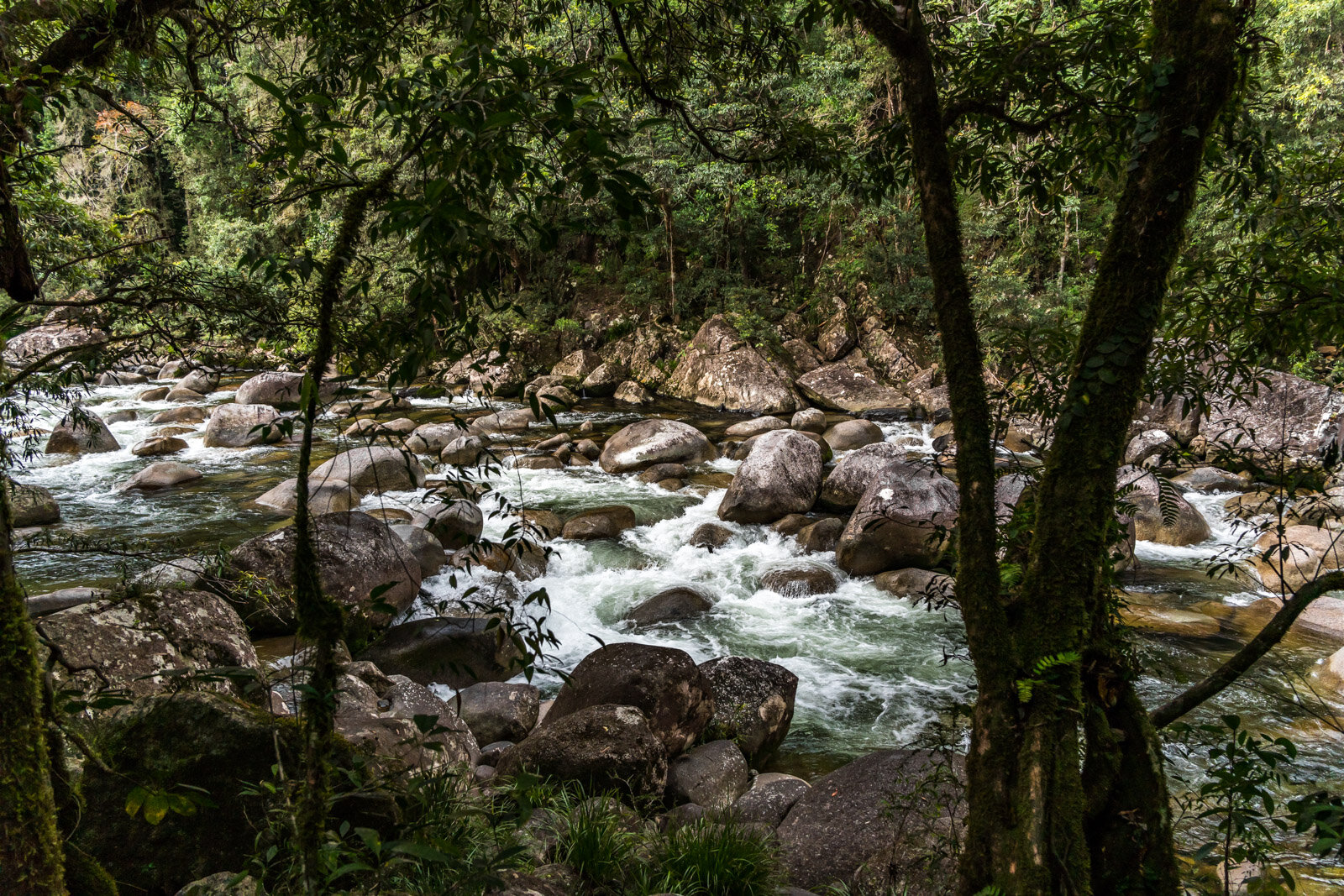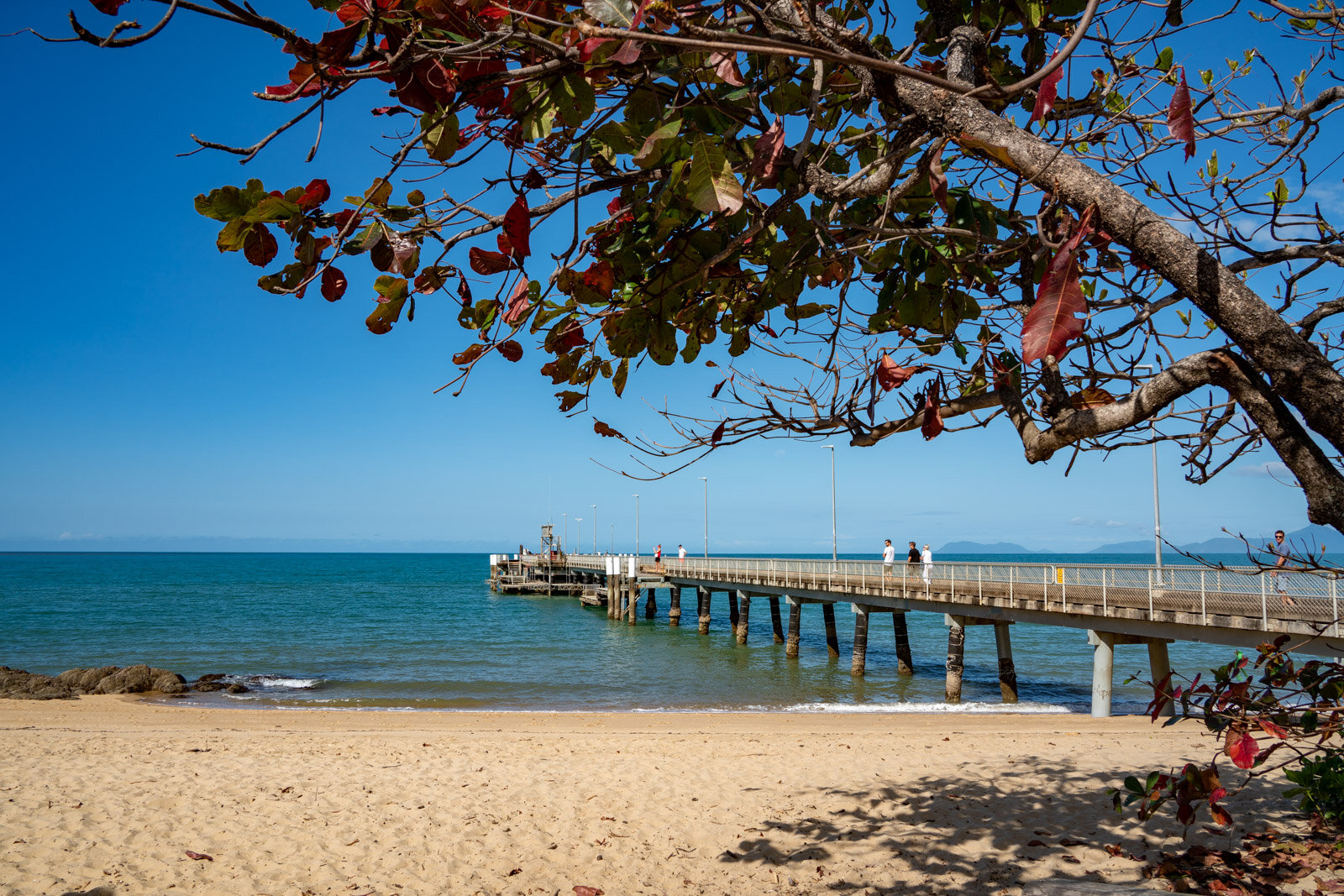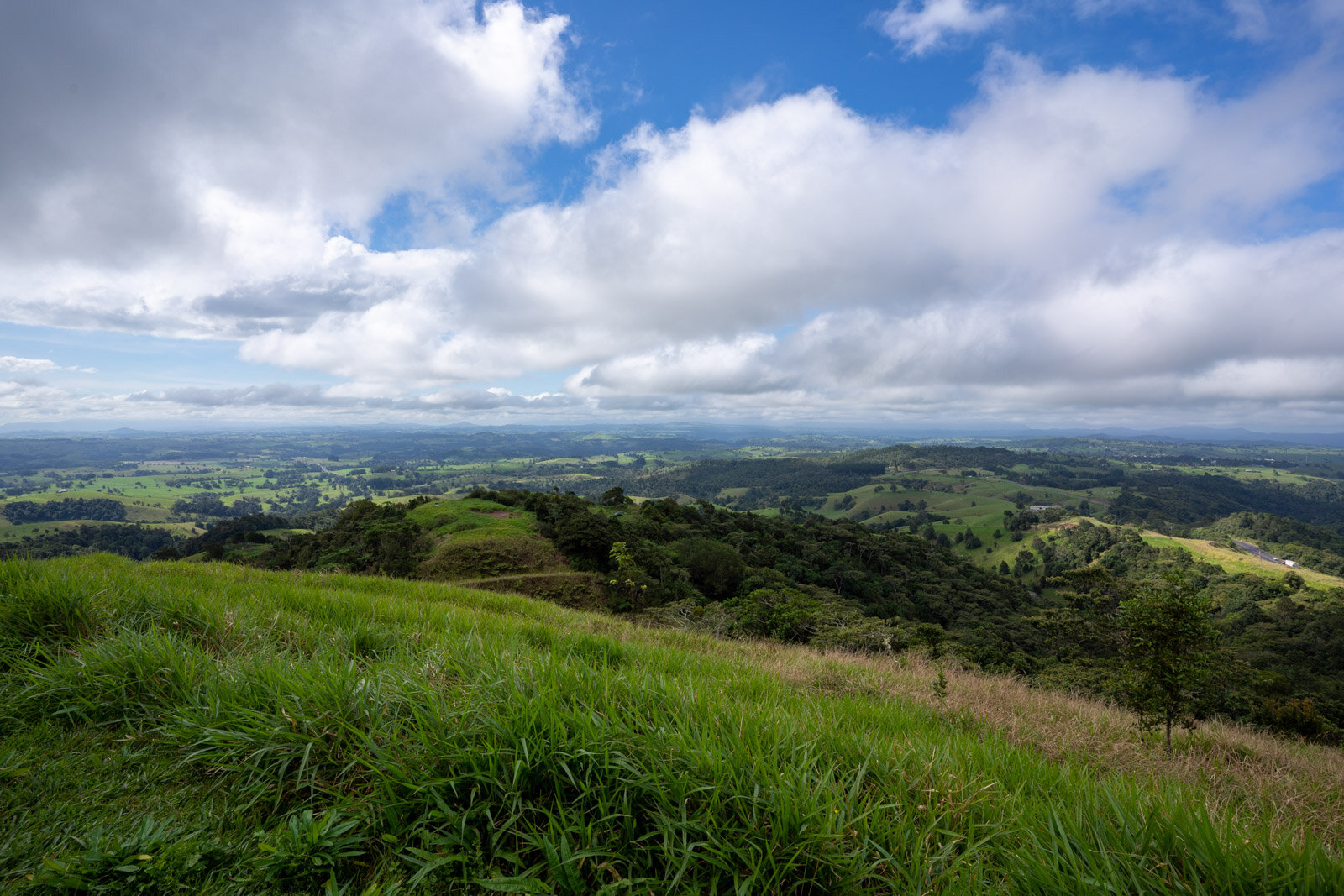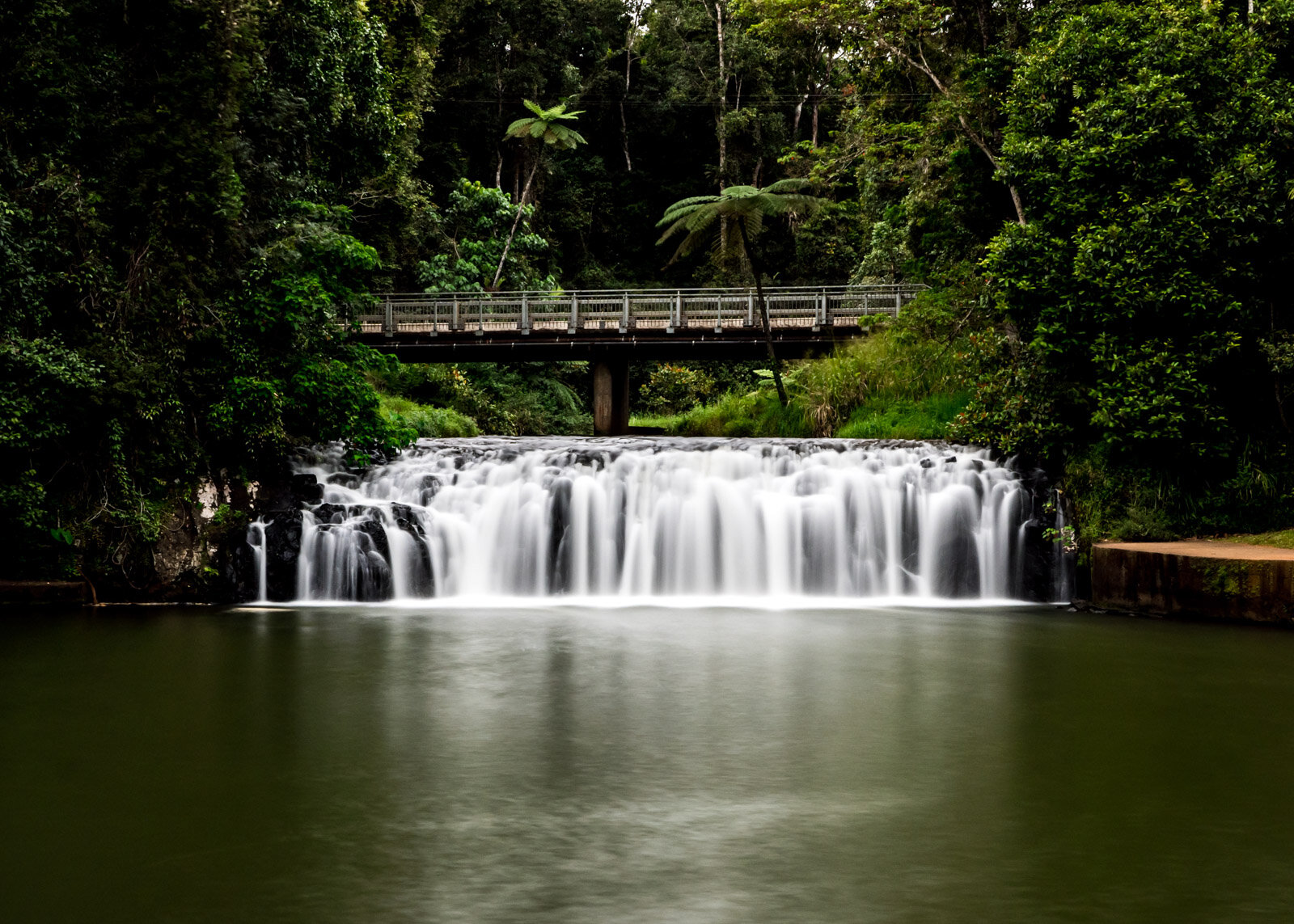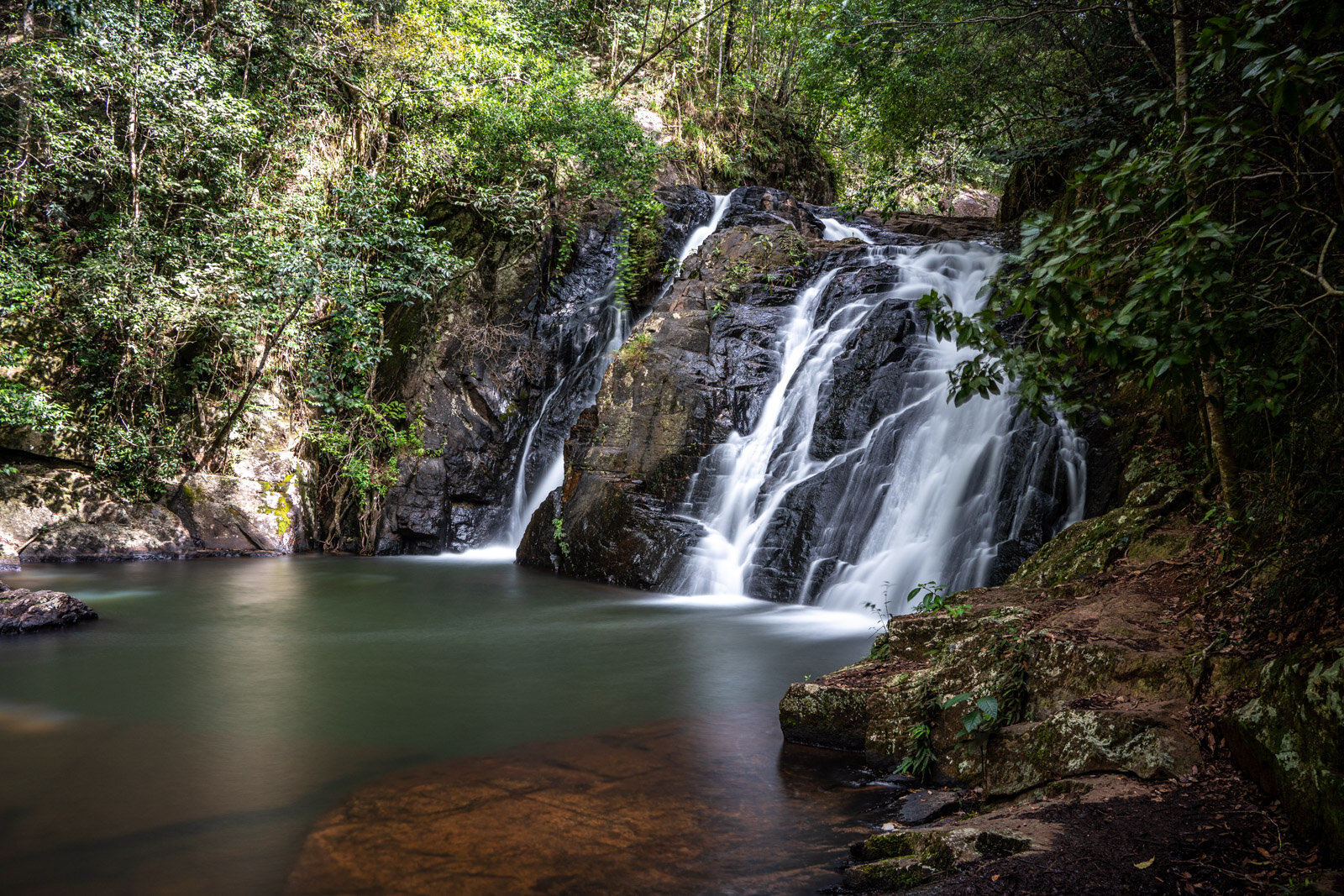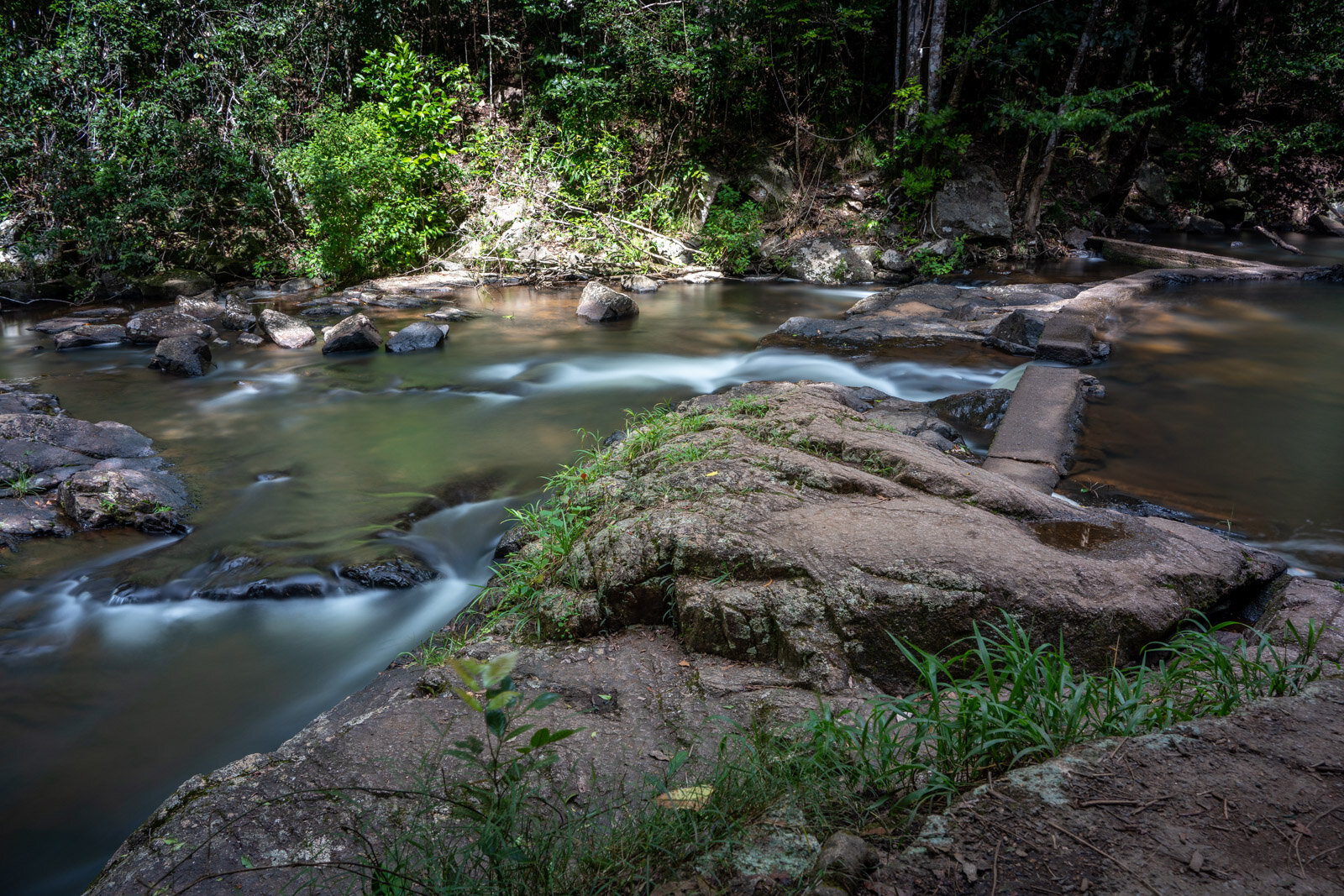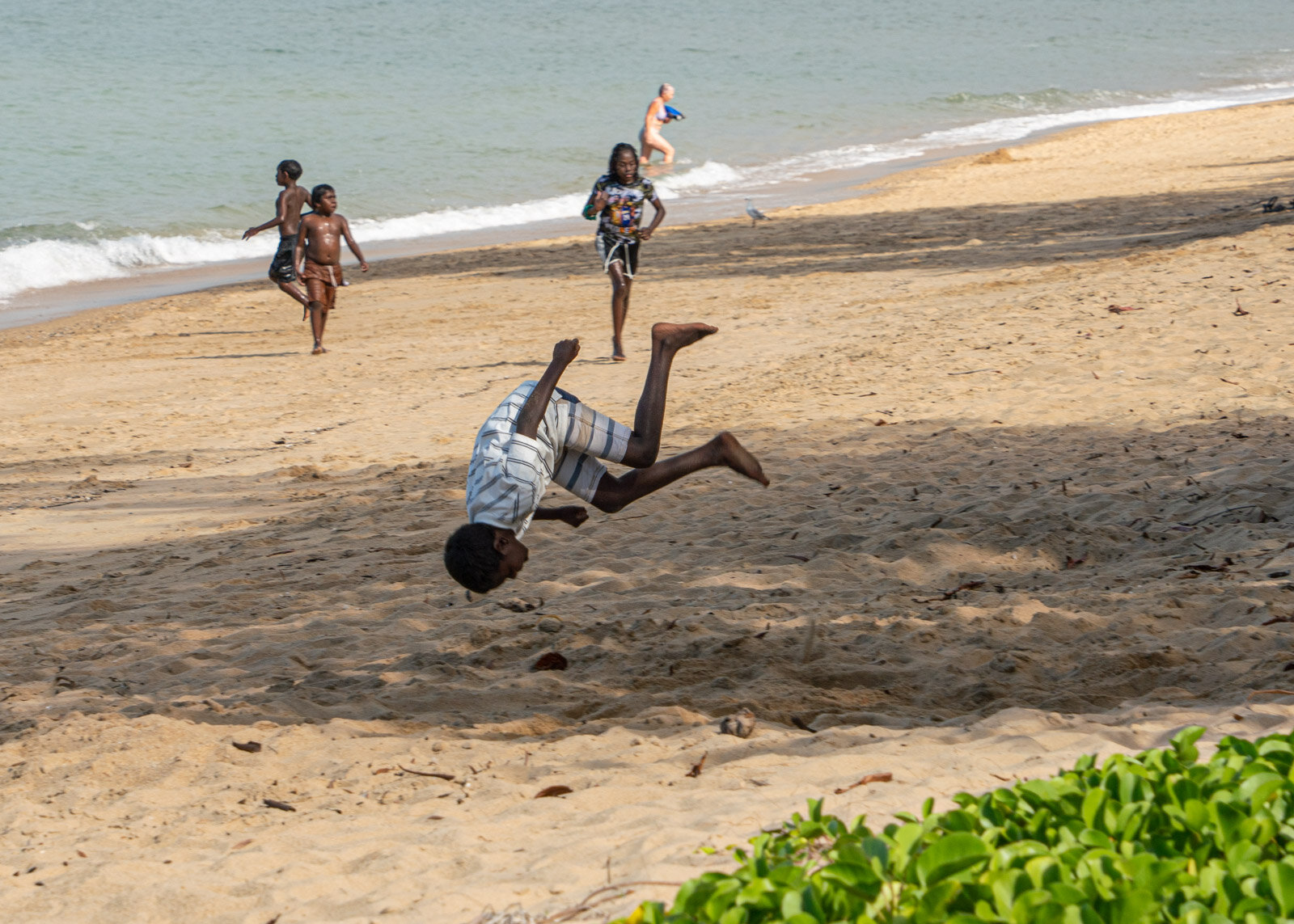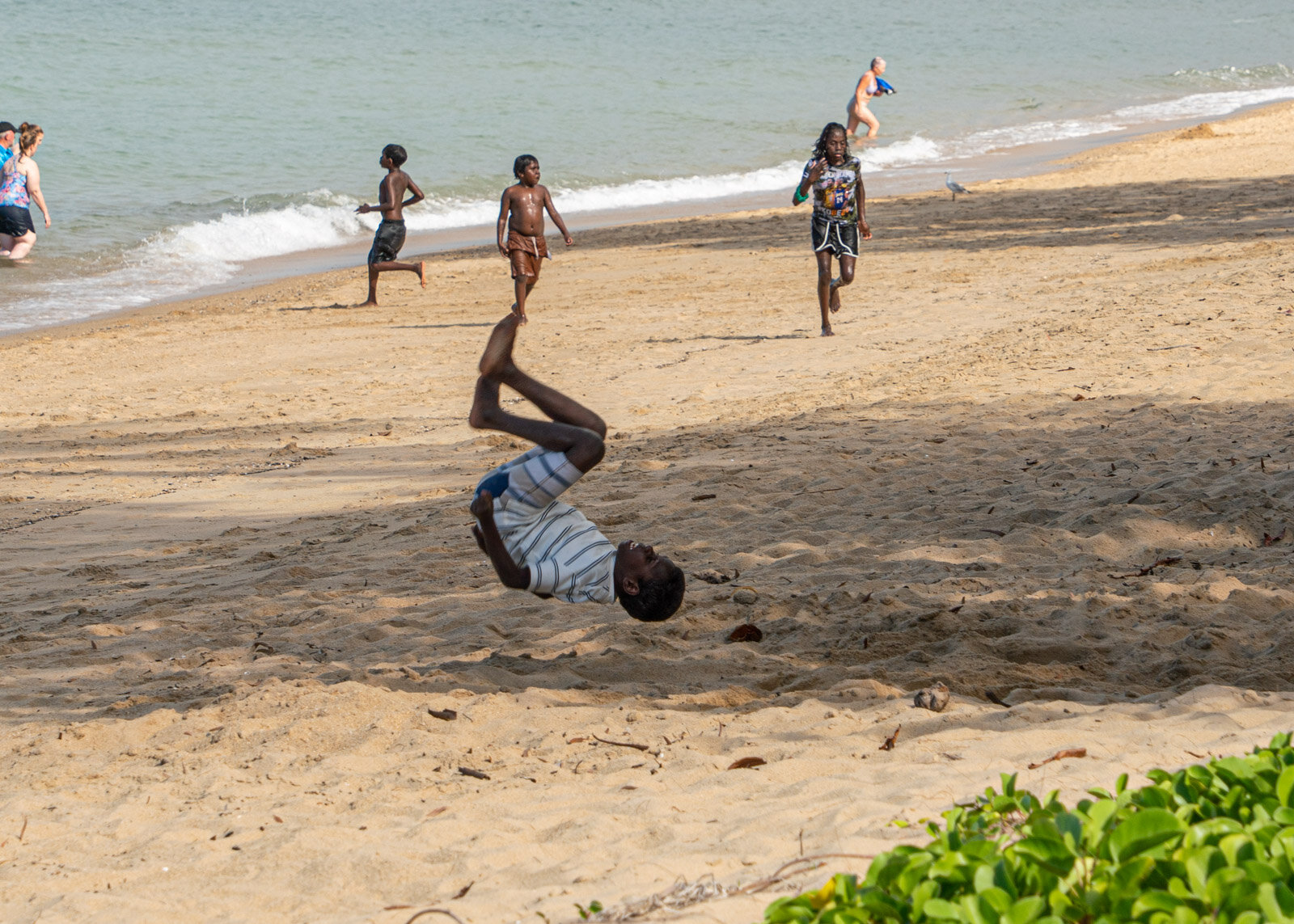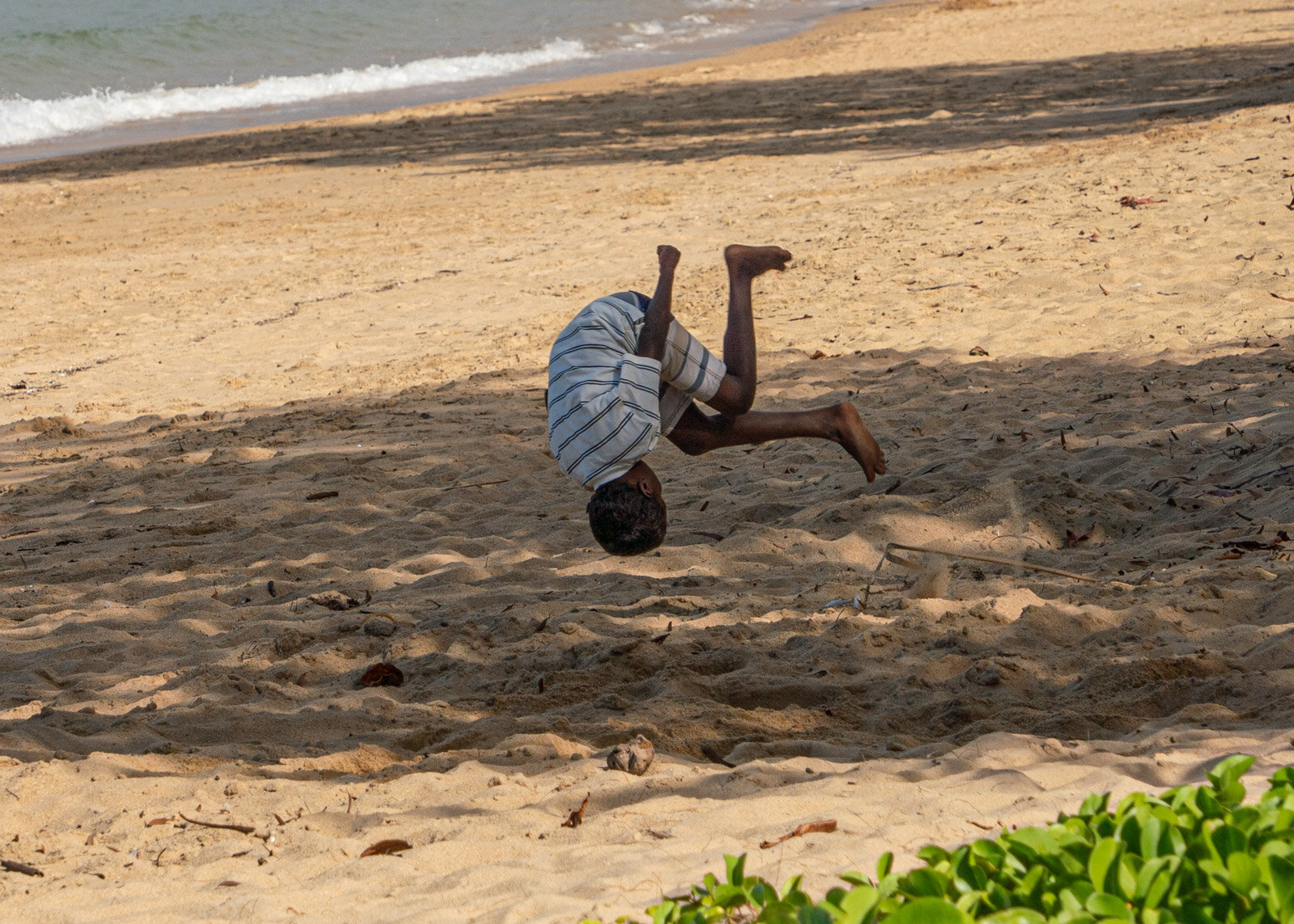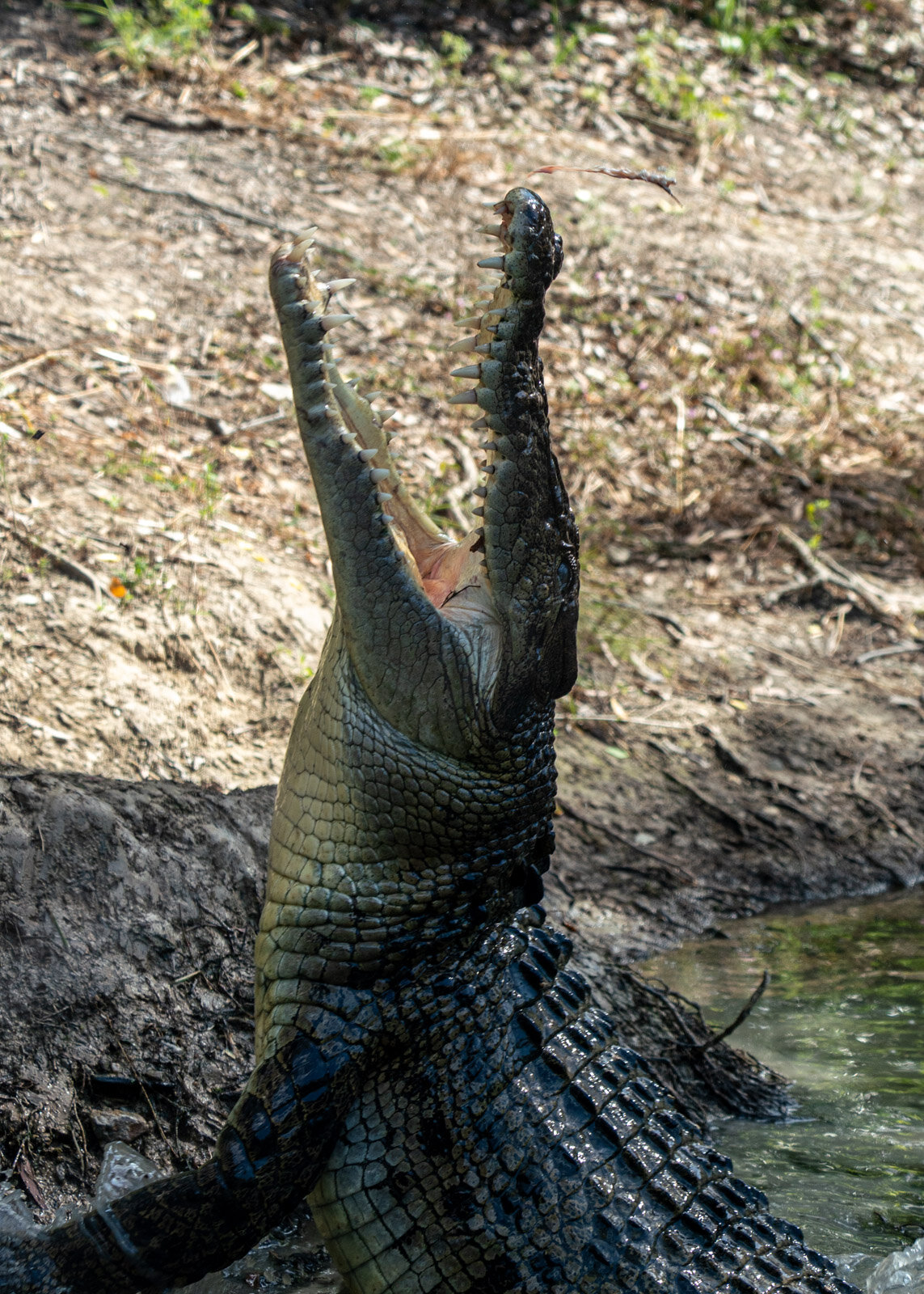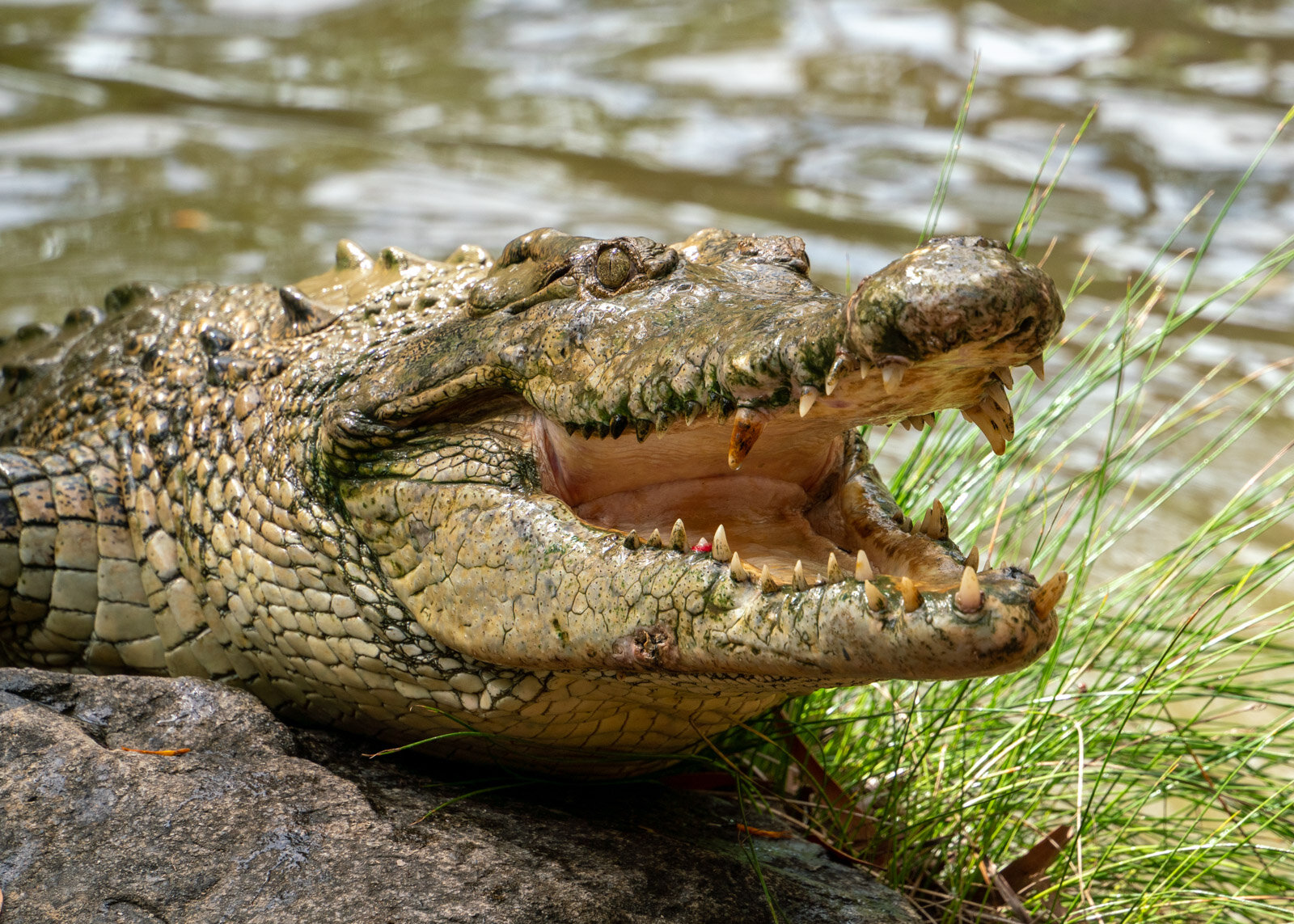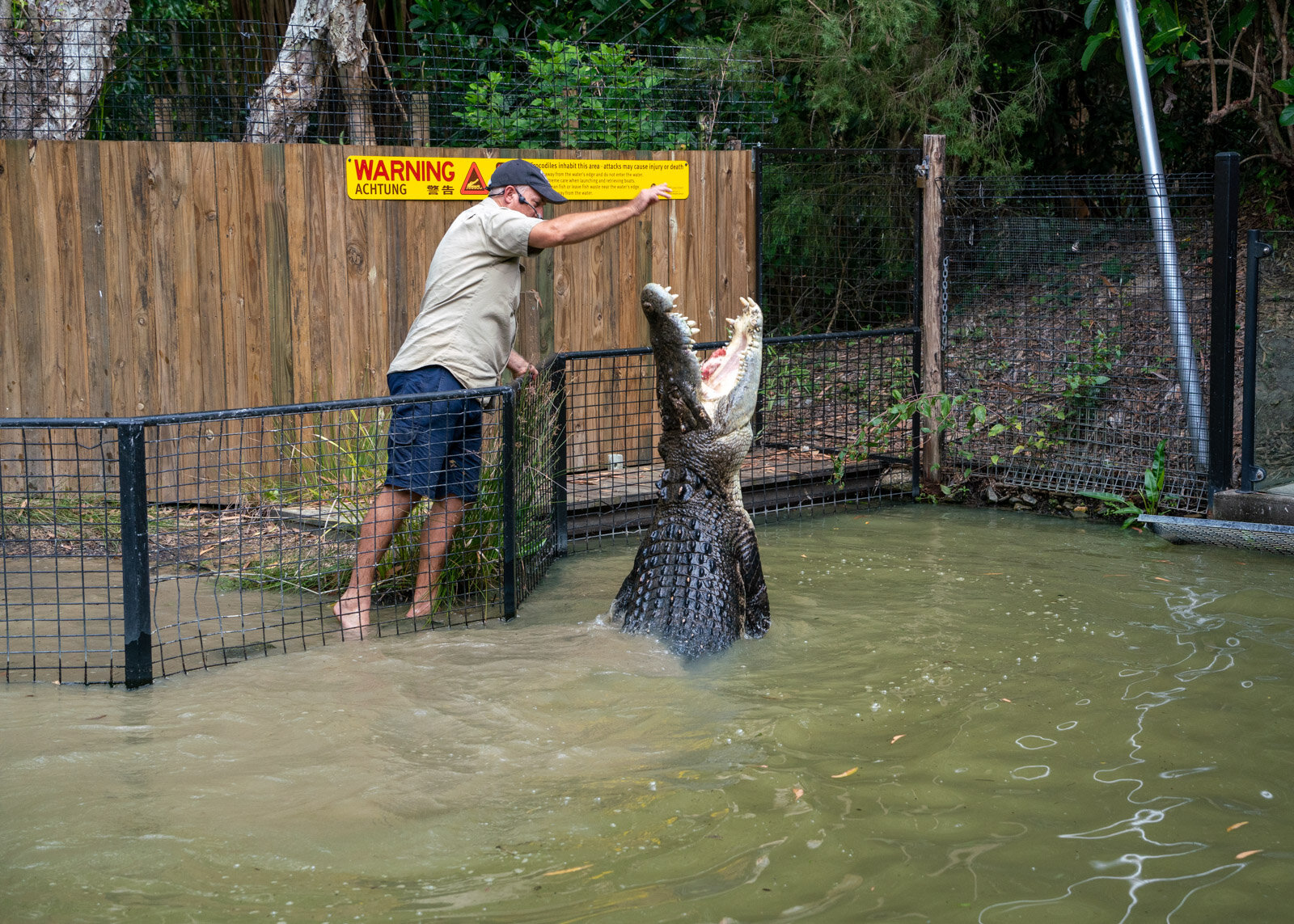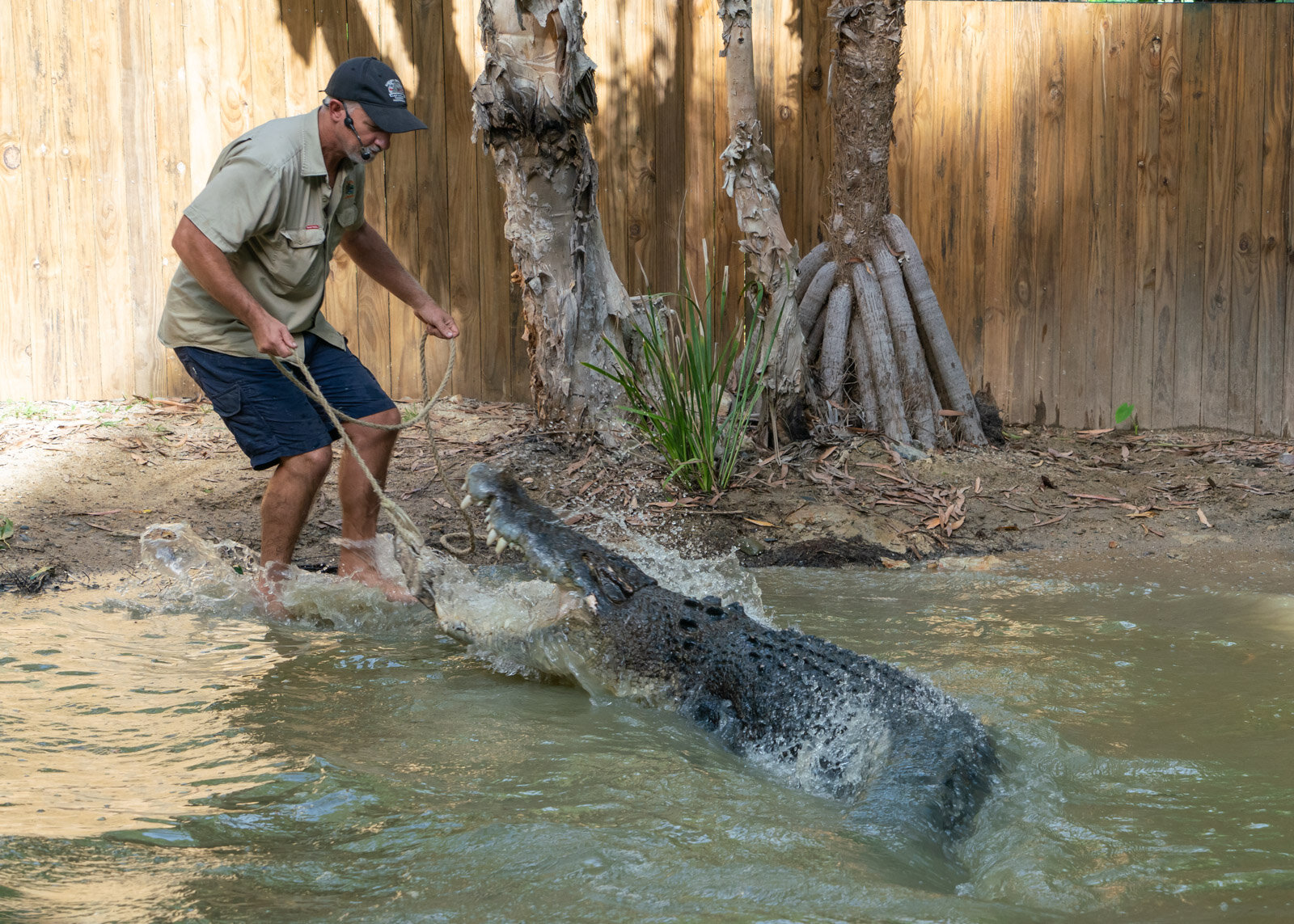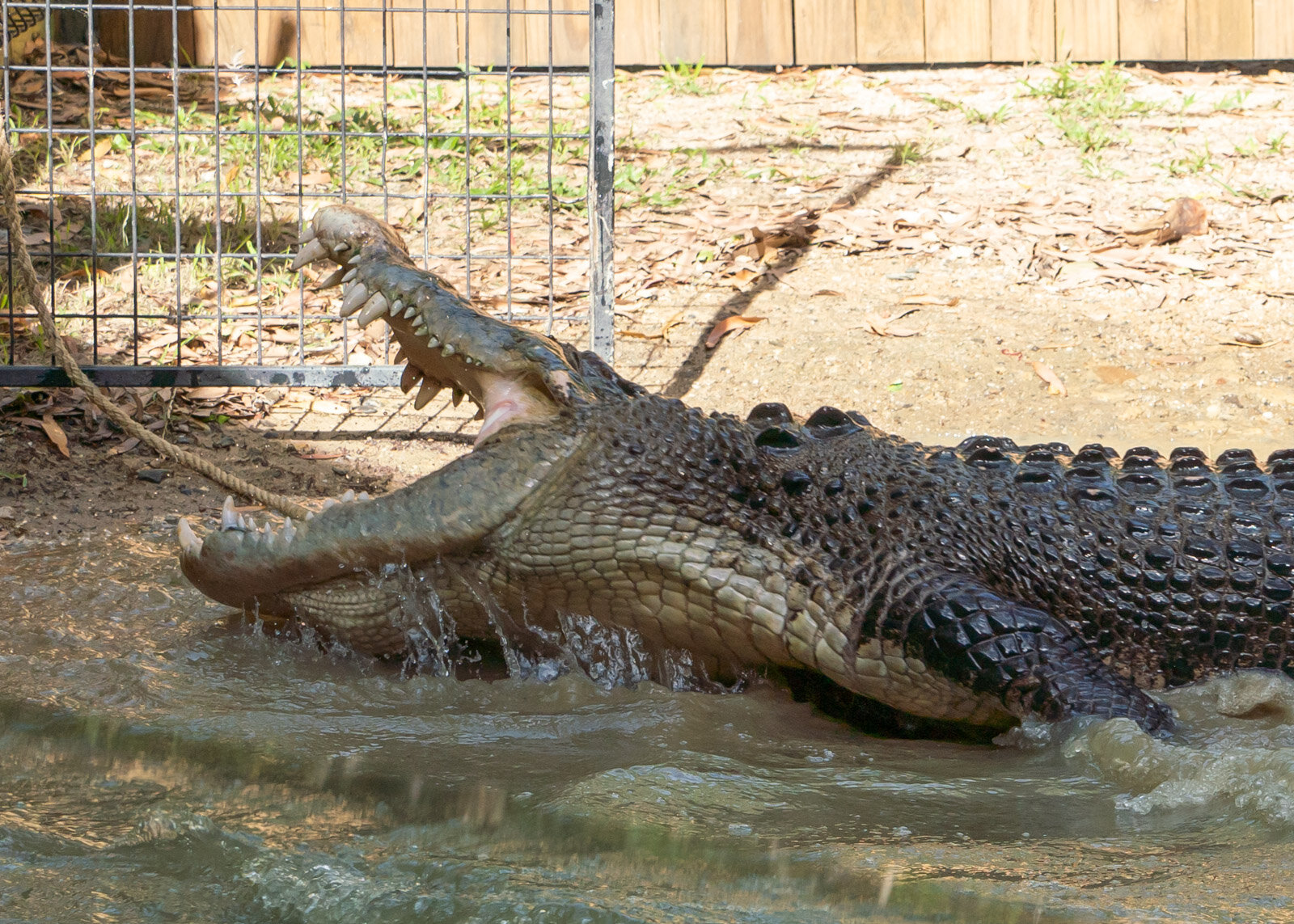Putting the Tamron 28-200mm f/2.8-5.6 lens through its paces
I was recently asked to put the Tamron 28-200mm f/2.8-5.6 lens through its paces. I already have the 28-75mm and the 70-300mm, which are both terrific lenses, so I was looking forward to trying this versatile lens on a recent trip away.
This lens is the first mirrorless ultrazoom from Tamron, promising portability, performance and function. It did not disappoint.
Specifications
Focal Length: 28-200mm
Maximum Aperture: f/2.8 (28mm) – f/5.6
Minimum focus distance: 0.19m (7.5in) at 28mm / 0.80m (31.5in) at 200mm
Maximum magnification ratio: 1:3.1 at 28mm/ 1:3.8 at 200mm
Filter size: 67mm diameter
Length: 117mm
Weight: 575g
Diaphragm blade number: 7 (circular diaphragm)
Compatible mounts: Sony FE full-frame
Using the Tamron 28-200mm on portraits
Sadly due to a seemingly never-ending lockdown (again), I cannot get models into the studio to try out this lens. I did, however, capture some beautiful shots of my daughters on a recent trip (a real rarity), who are probably none too happy they are in this article. I also grabbed Dexter and some other furry friends too.
Macro with the Tamron 28-200mm
While not a true macro lens, you can actually get quite close to your subject. The 28-200mm boasts a magnification of 1:3.1 at 28mm, and 1:3.8 at 200mm. I must admit I did like to use the zoom to capture subjects up close, that I otherwise could not get physically close to.
Even in low light, it worked really well, capturing details without excessive noise (granted noise is generally due to ISO and not the lens but a wider diameter lens lets in more light and therefore requires less ISO, this new range of Tamron lenses are all 67mm, which is smaller than traditional zooms). I have often found a drawback of zoom lenses the fact that they don’t seem to allow in as much light as a prime lens, but I was pleasantly surprised that this wasn’t a drama with the Sony a7R III and this lens.
The Tamron 28-200mm in nature
Having the versatility of 28-200mm was fantastic on bushwalking hikes. I could take just one lens and camera and feel confident in having most situations covered.
The autofocus was fast enough to capture birds (not in flight) and quiet not to startle them. It was great for flowers, gardens, parks and nature lovers of all types. The sturdy construction meant I could handle the lens in difficult conditions such as 100% humidity. I did find I needed to leave the lens cap off to avoid fogging in hot and humid conditions.
I really liked the natural bokeh shooting with the zoom. I did find some color aberration in high contrast areas, but easily overcome in post, by dropping down the magenta values as required. Lovely overall sharpness at the centre focus point for eyes, petals and such.
Landscape with the Tamron 28-200mm
I frequently used bracketing to deal with difficult and contrasting conditions of bright sunshine and dark deep shadows. I found that most of the time the 28mm was sufficient for a wide-angle, only occasionally opting for its 17-28mm wide-angle partner. I found the lightweight, small and compact size great for long hikes where carrying larger heavier equipment can become extremely tiresome.
Long exposures
Using a 10-stop ND filter I managed to capture some lovely long exposures. I did find a slight, soft vignette on the outer edges on a couple of images, barely noticeable in most.
Great for sport
While I did not try any traditional sport as such I did play with a high burst mode for crocodile attacks, kids playing and butterflies in flight. I must admit I did not have much success with the butterflies (more my issue than the lenses). I am still yet to try birds in flight, but it really handled the crocodiles and kids well. I used it in conjunction with the autofocus and Animal/People Eye Tracking.
